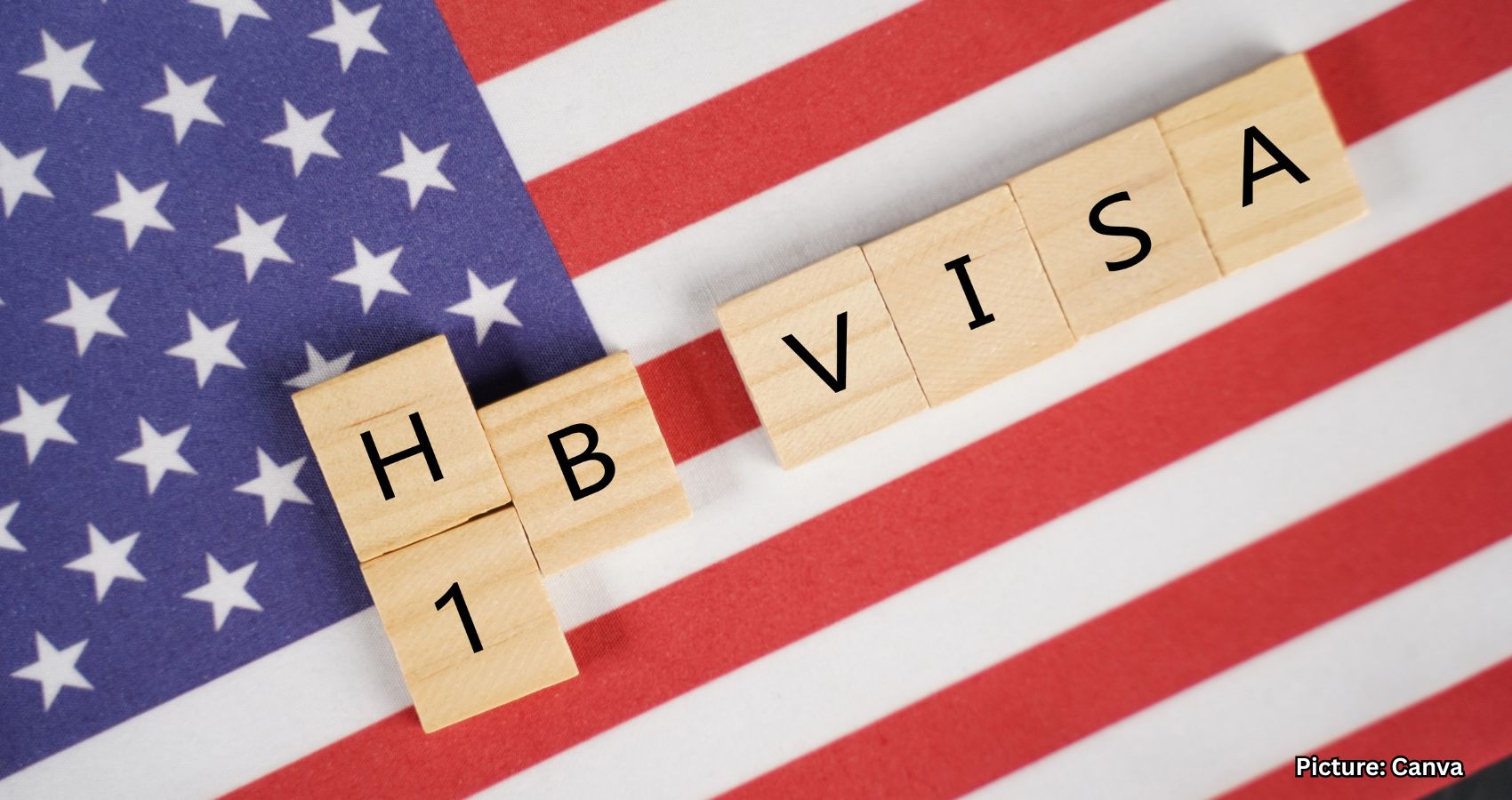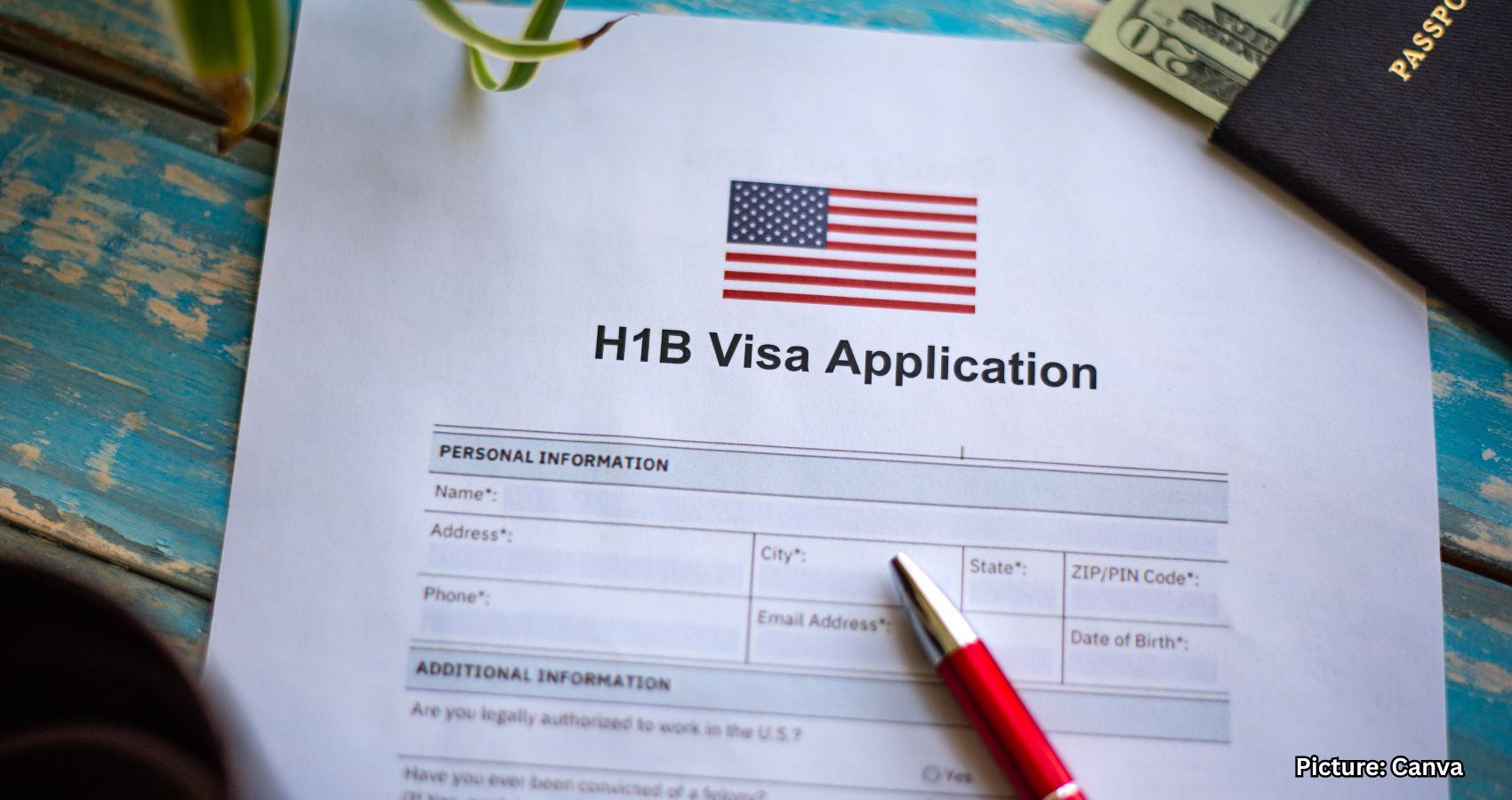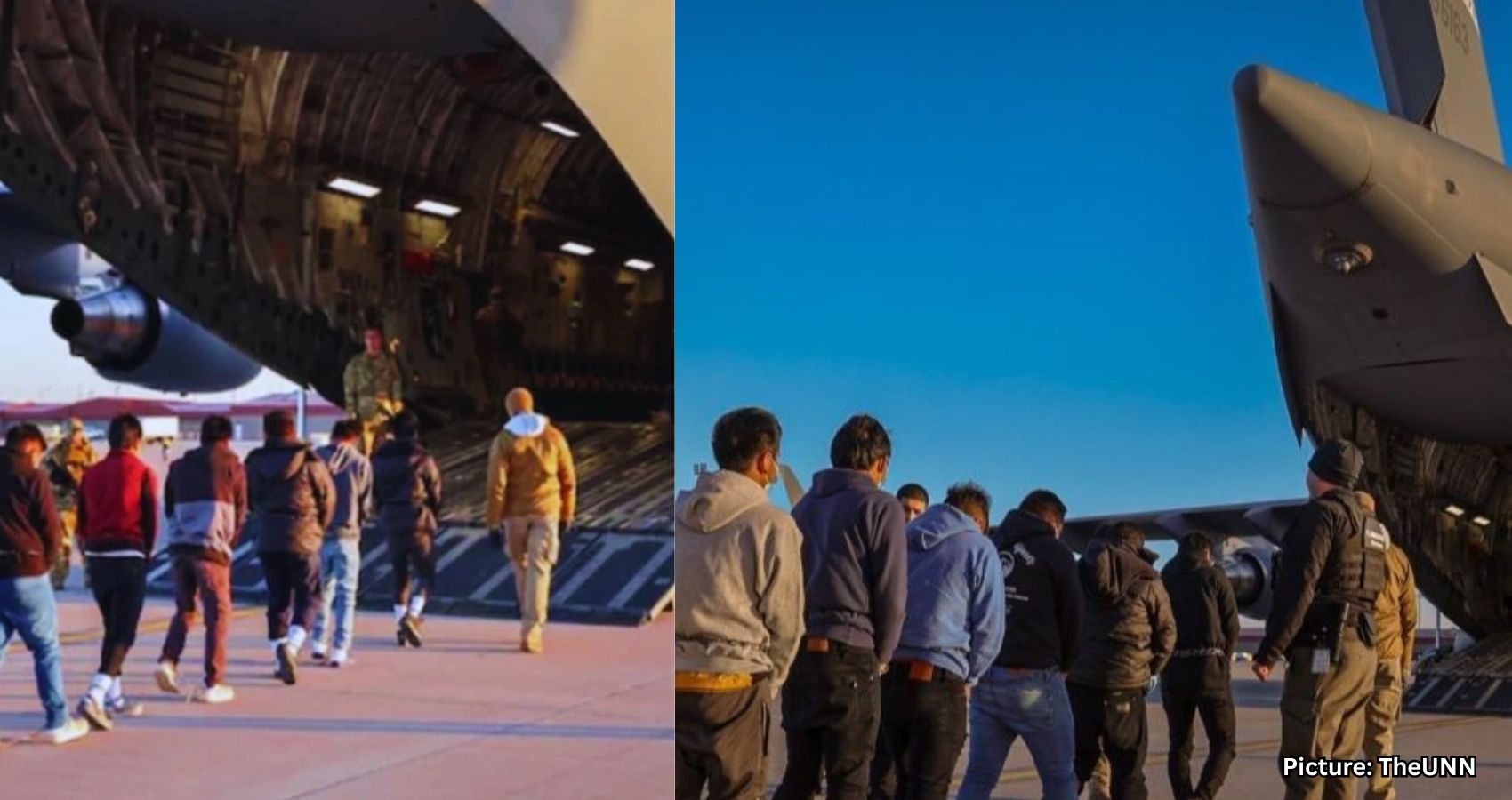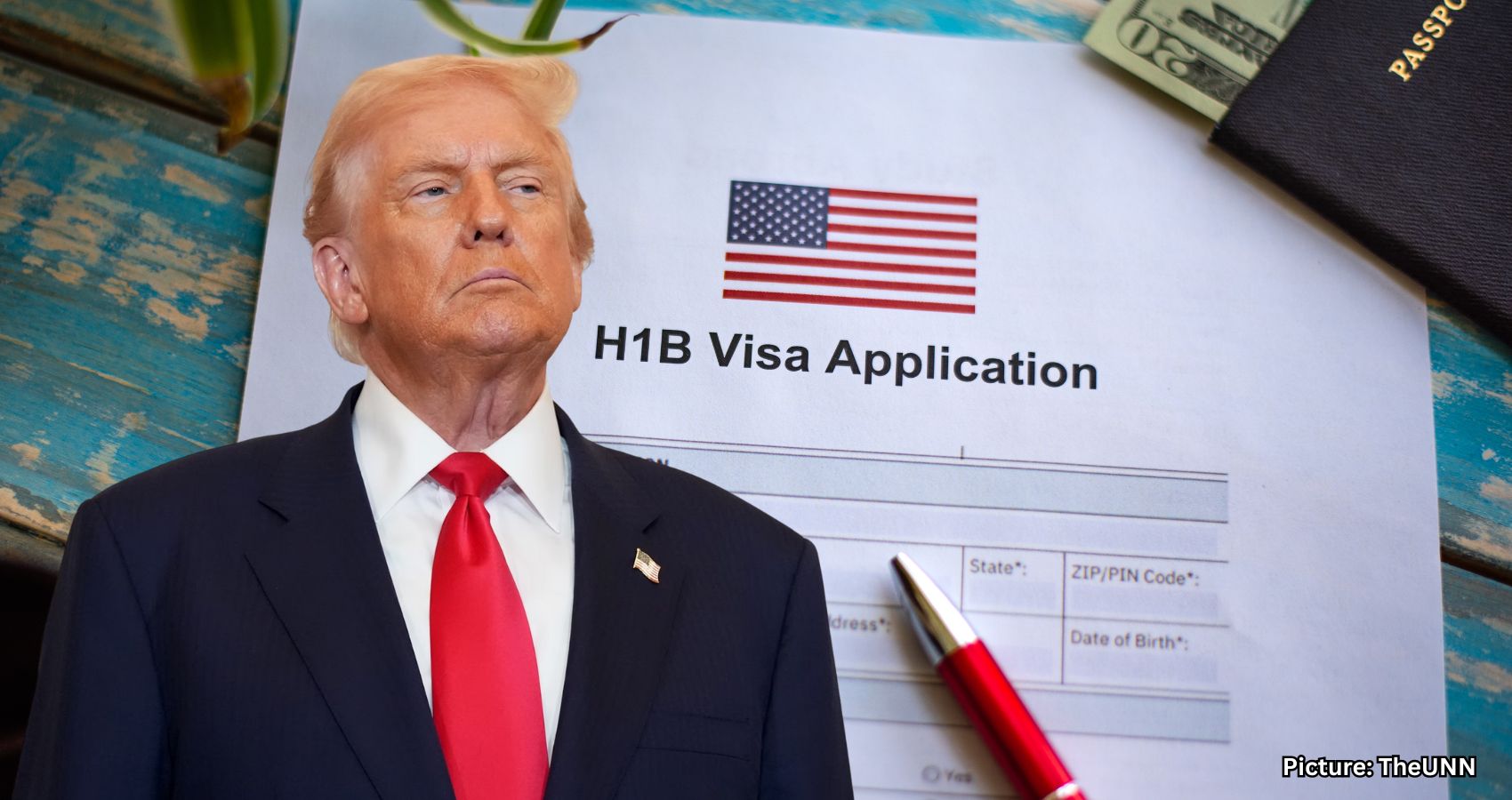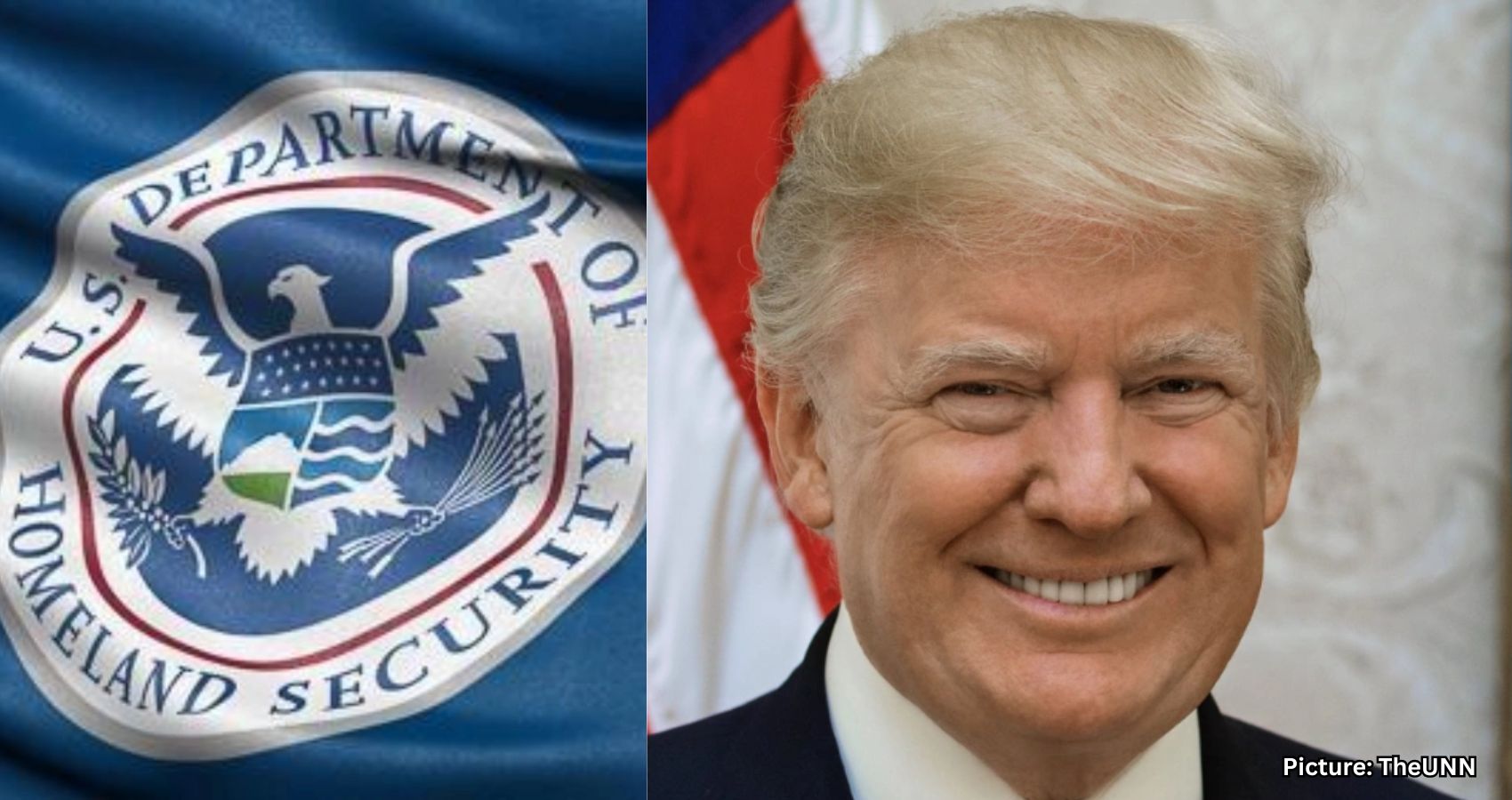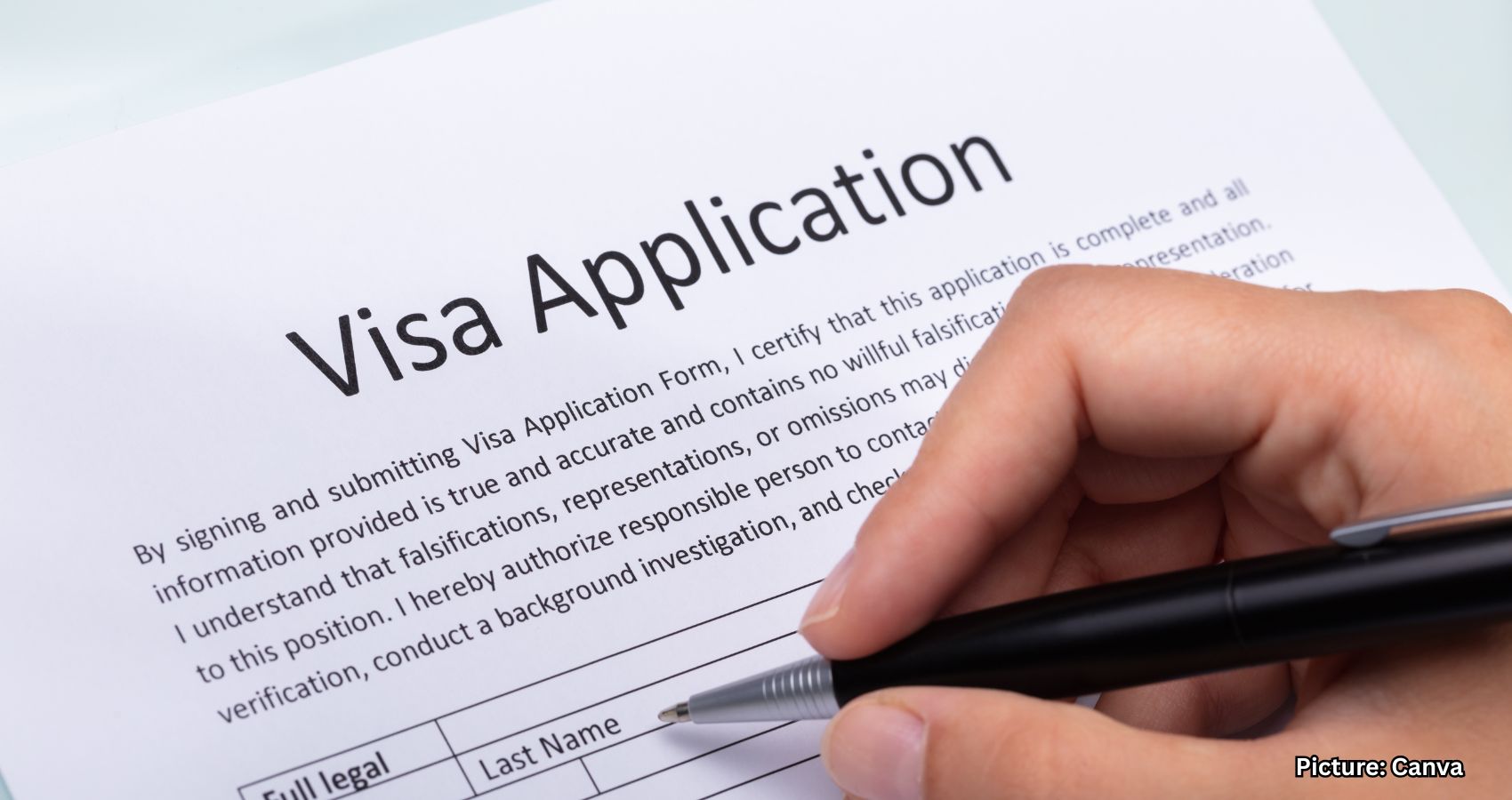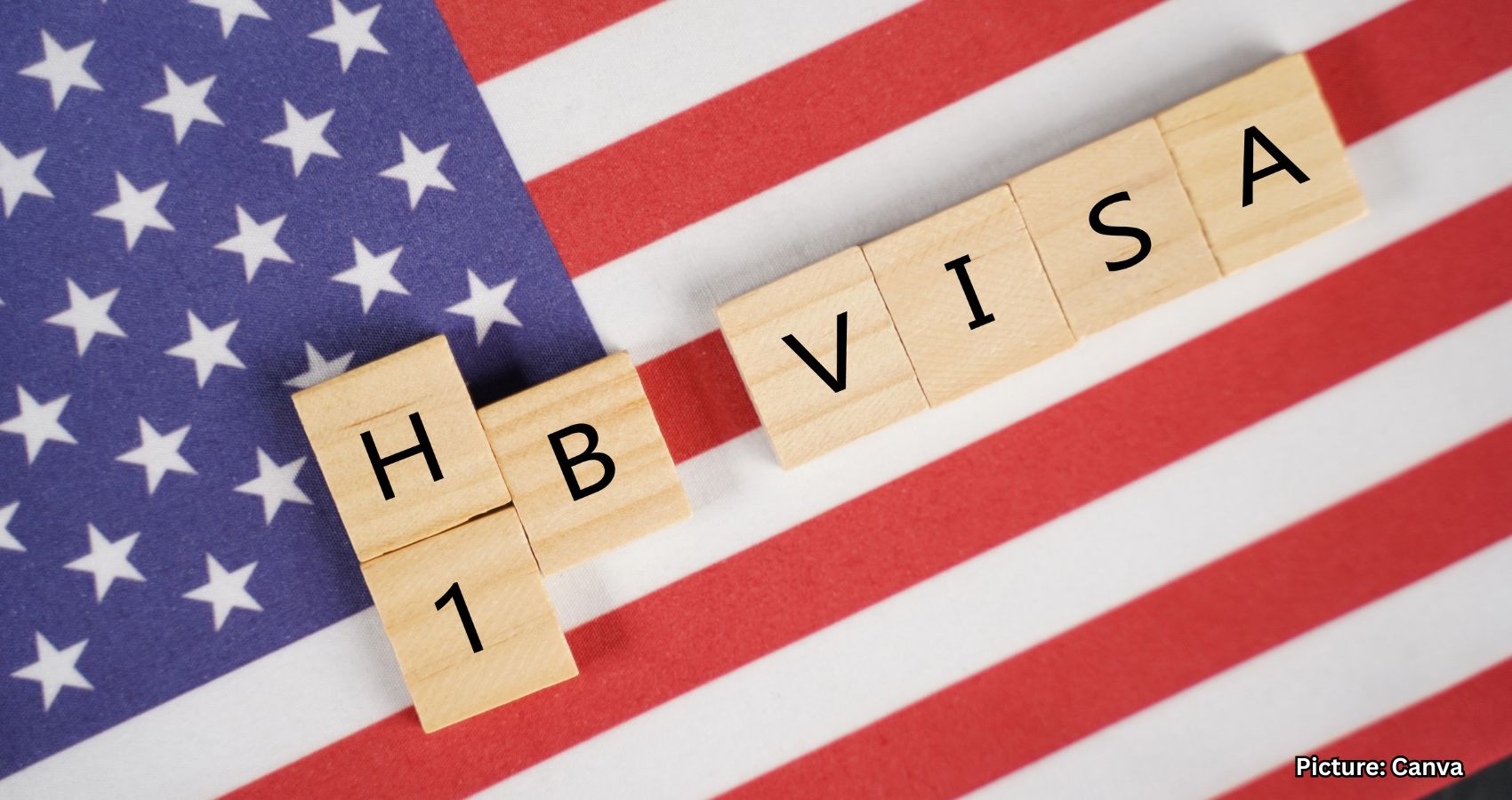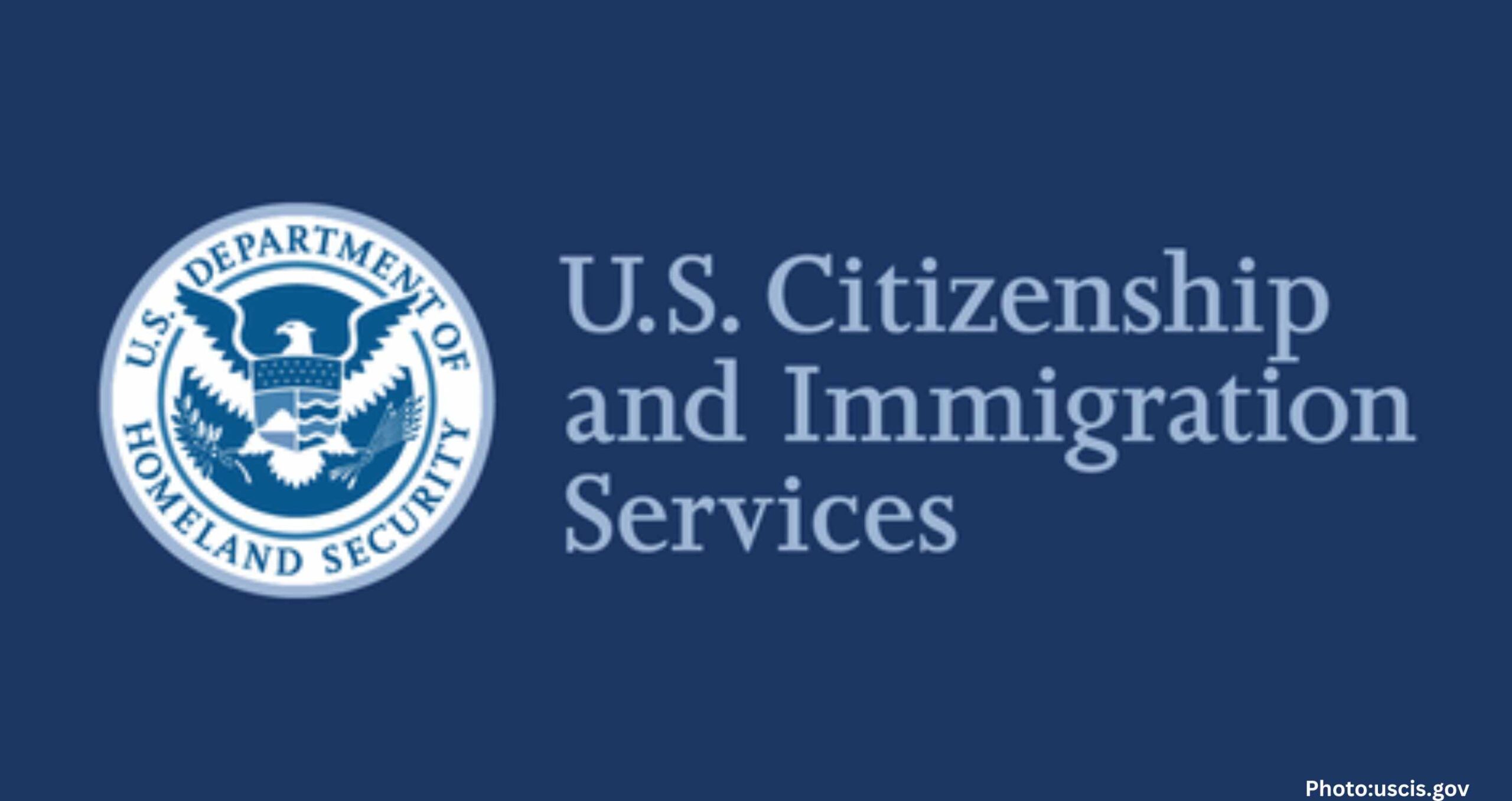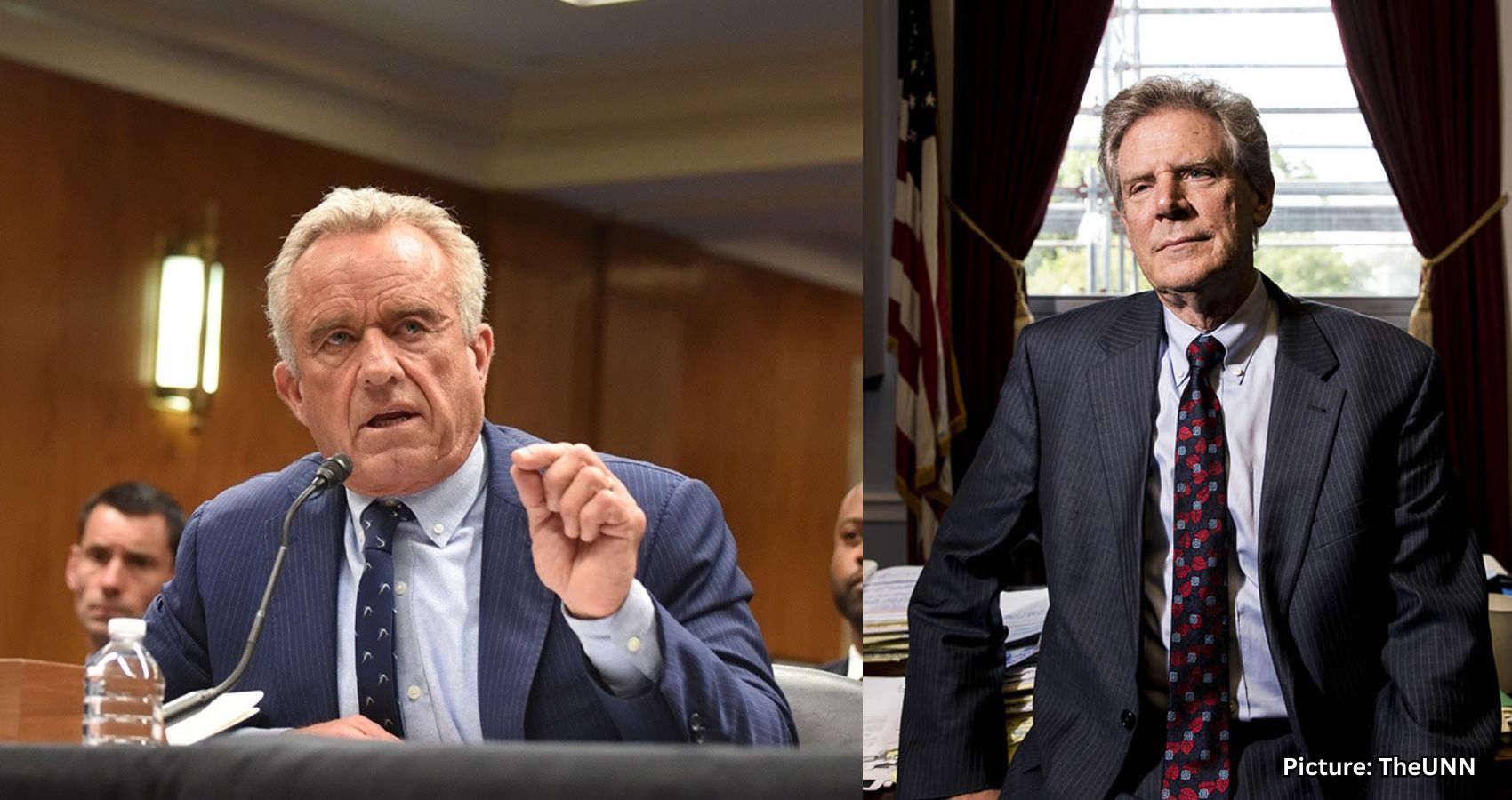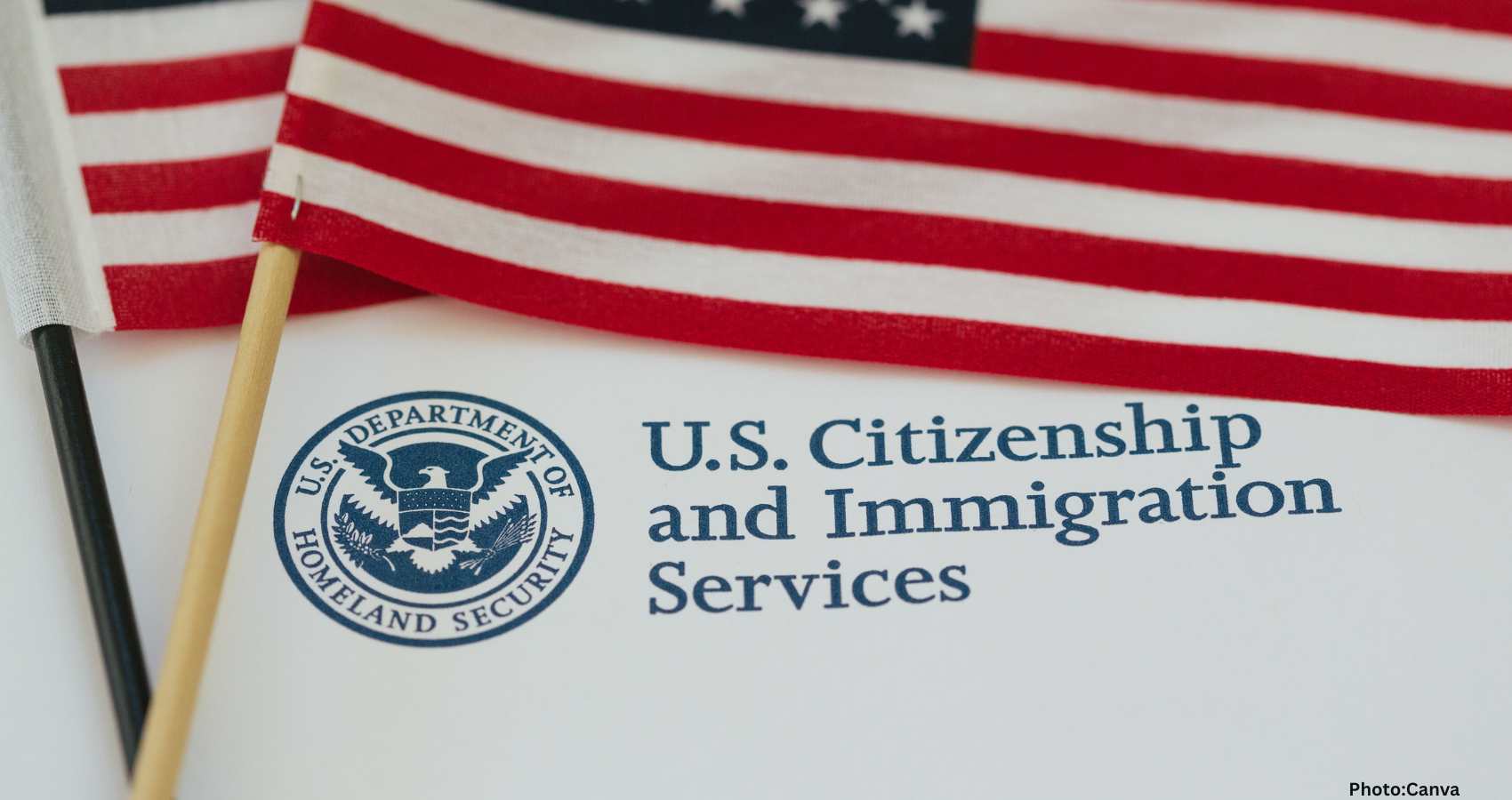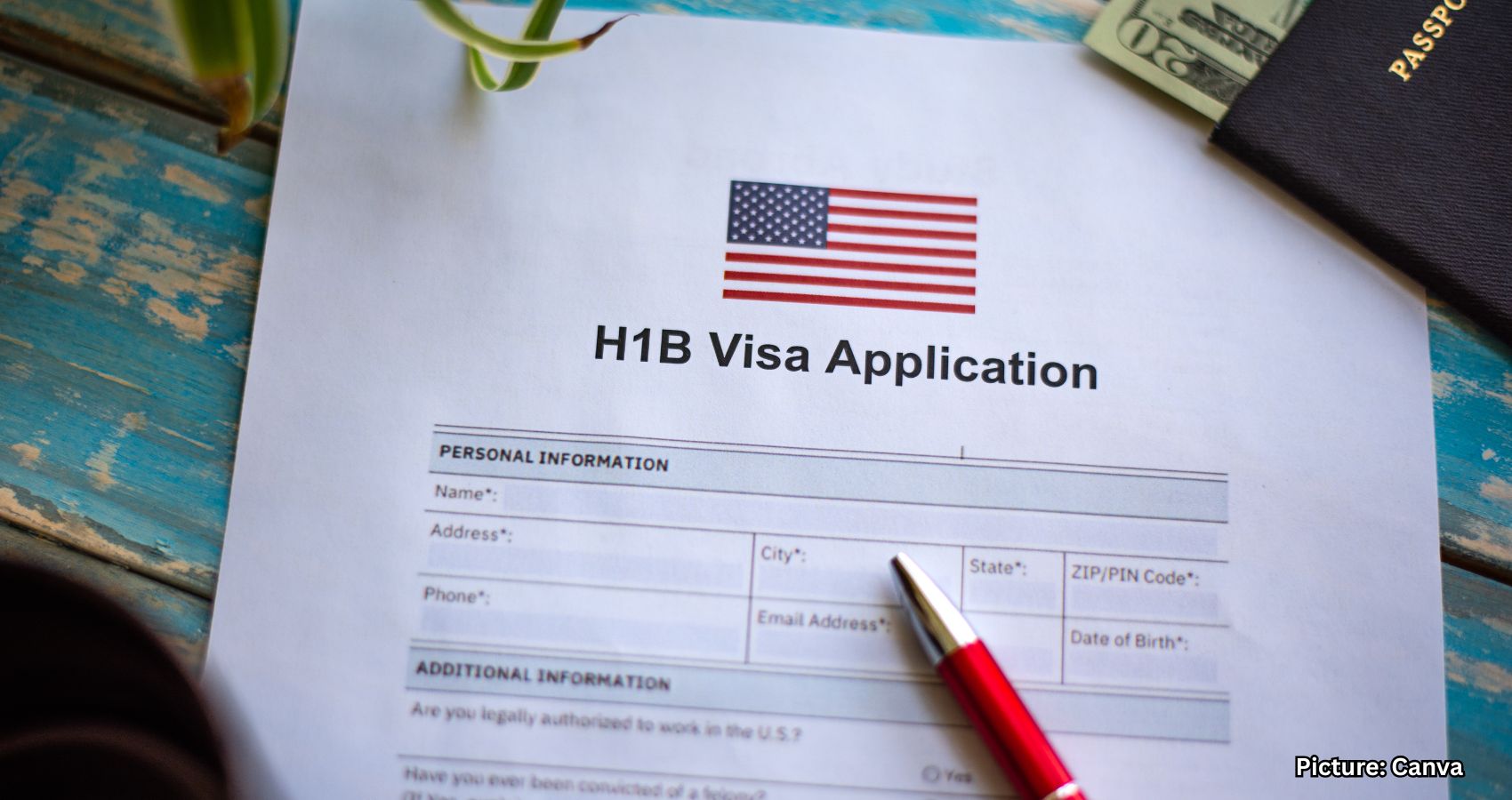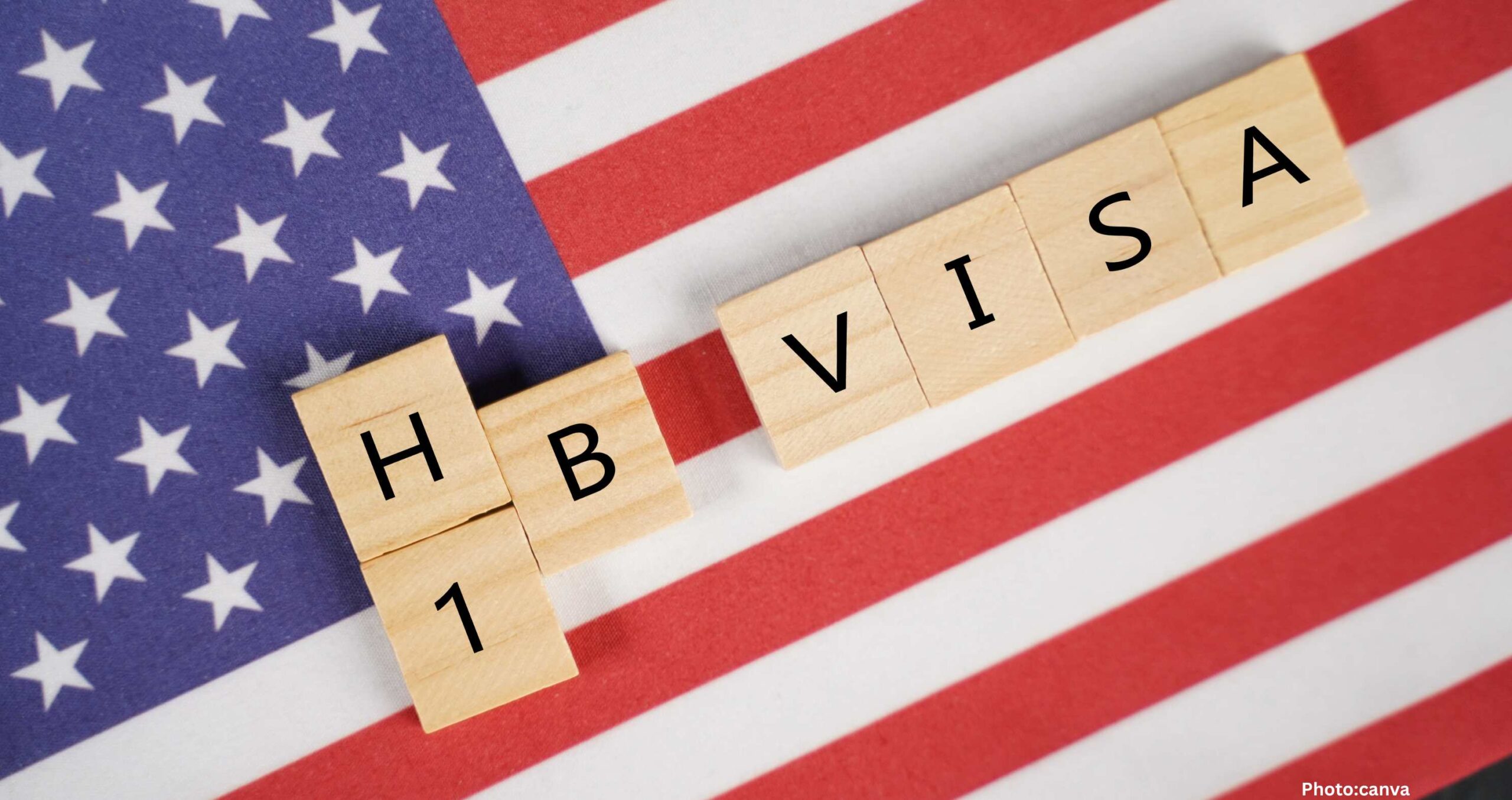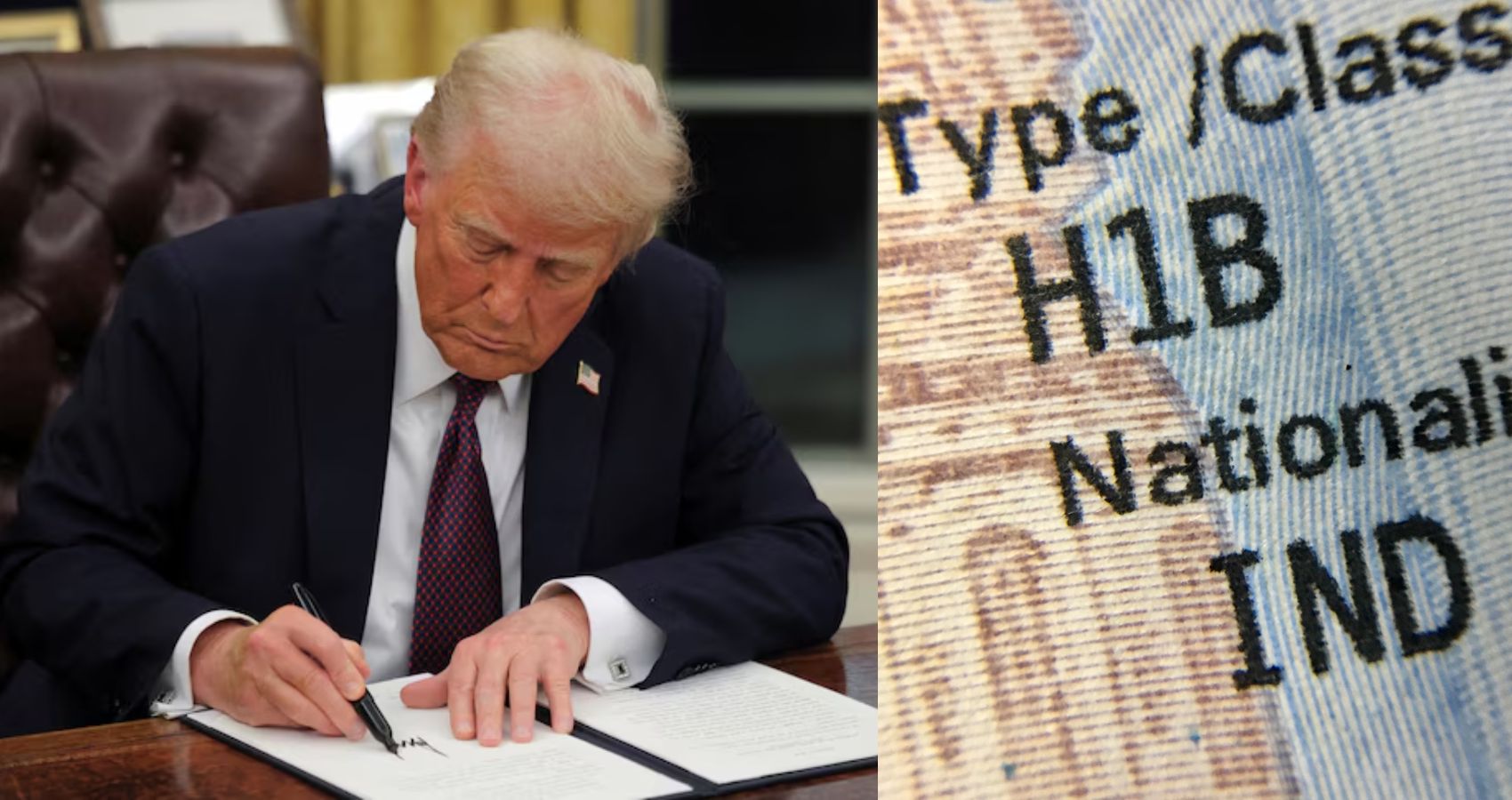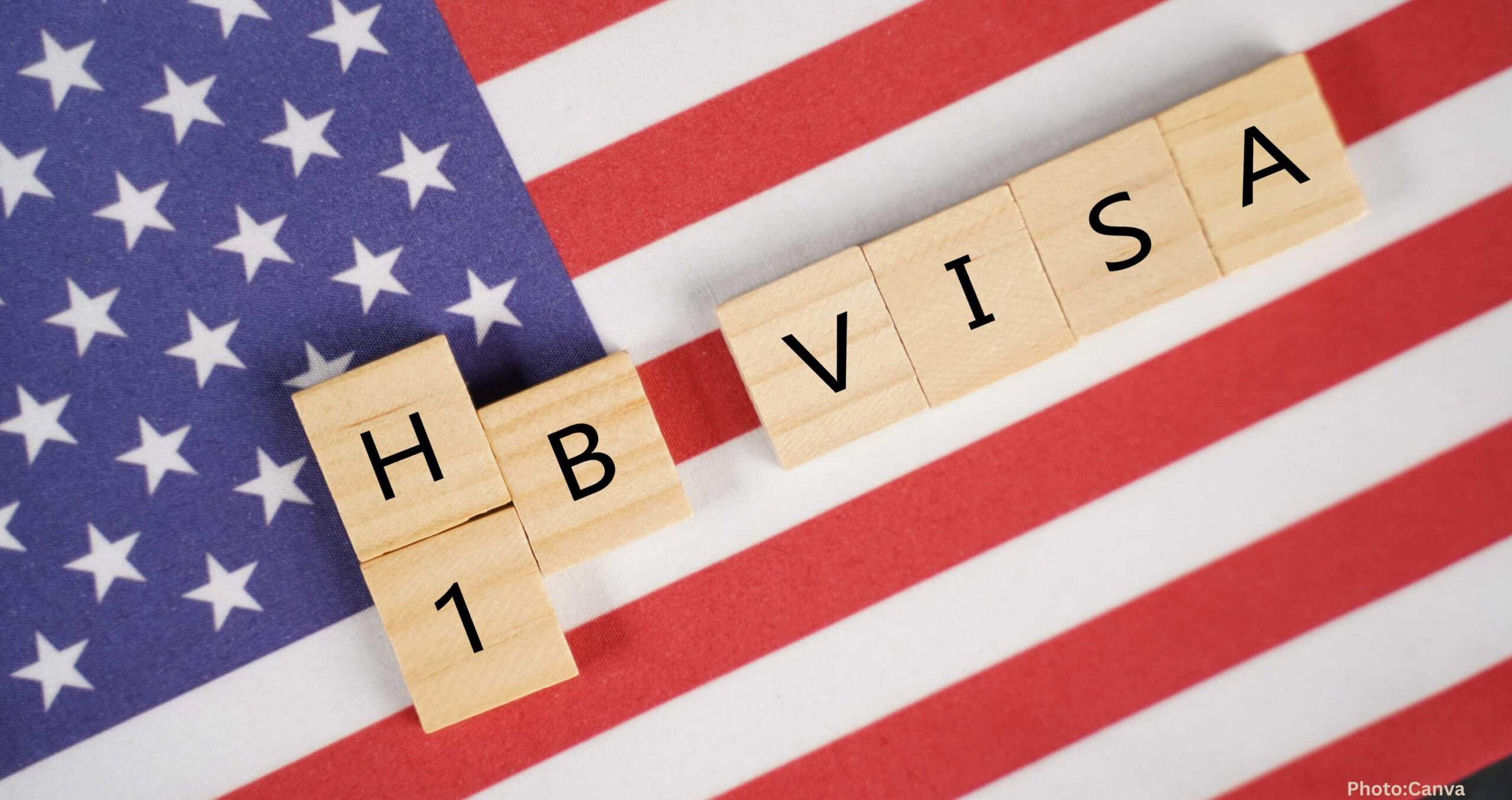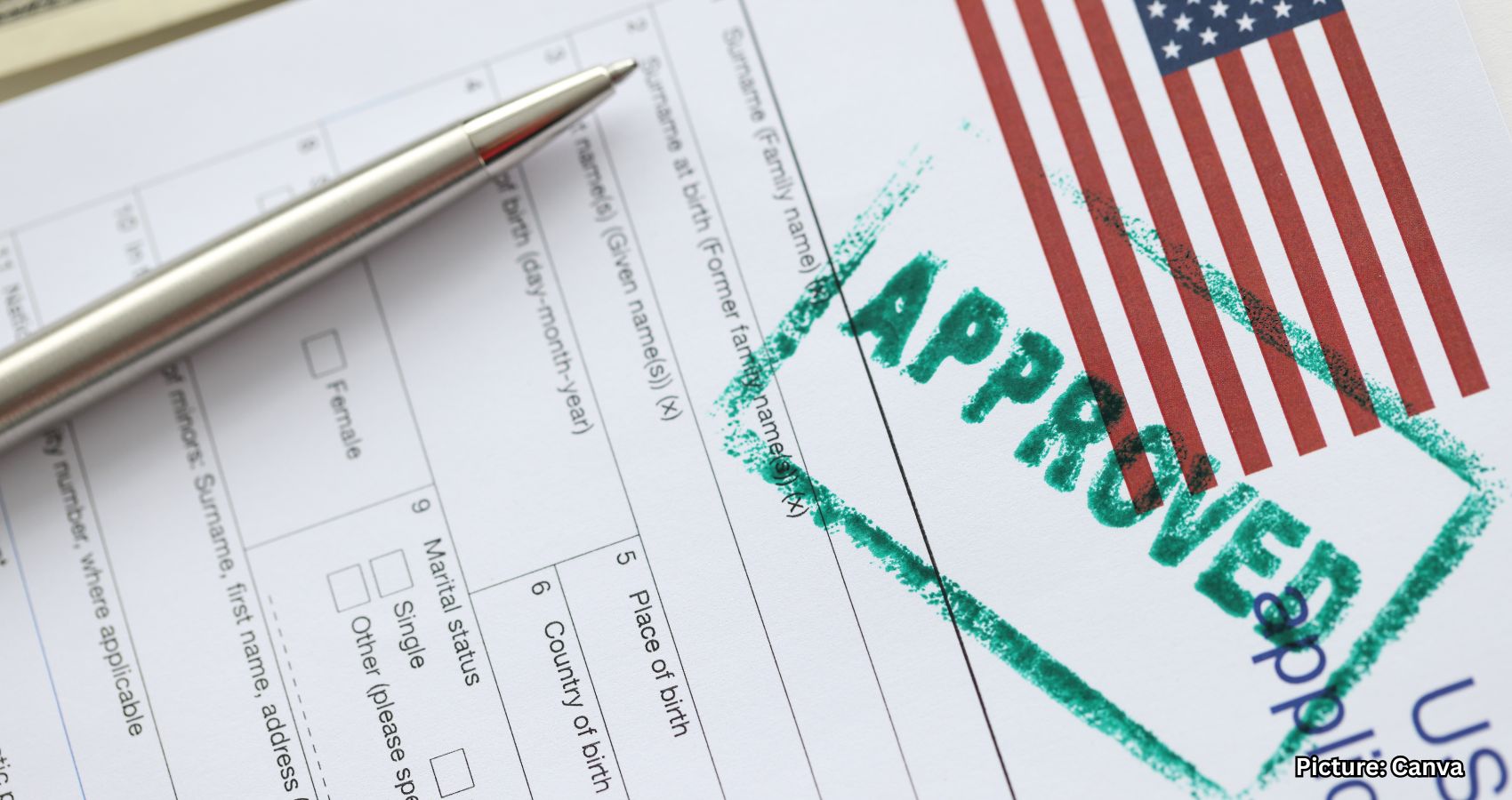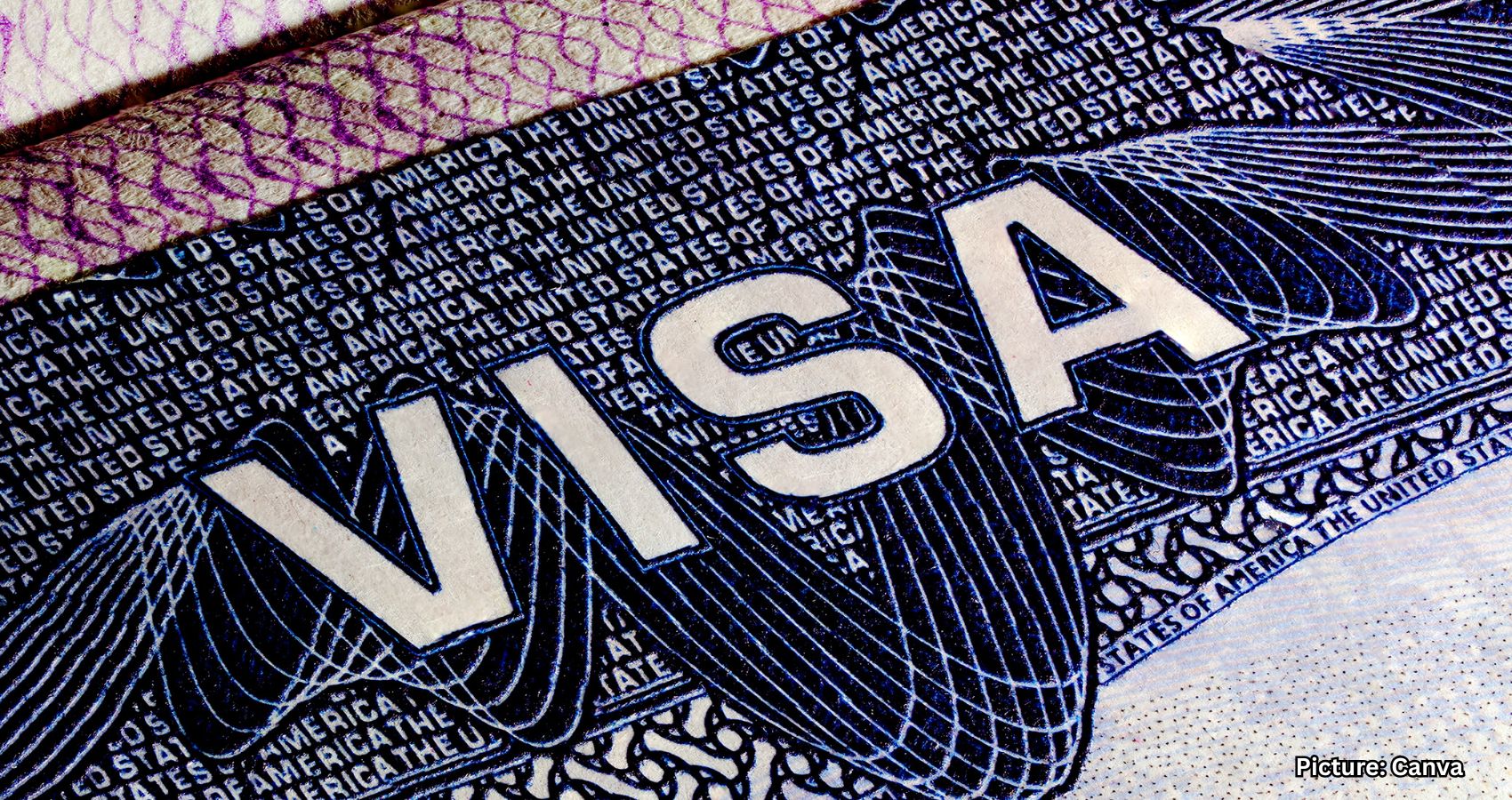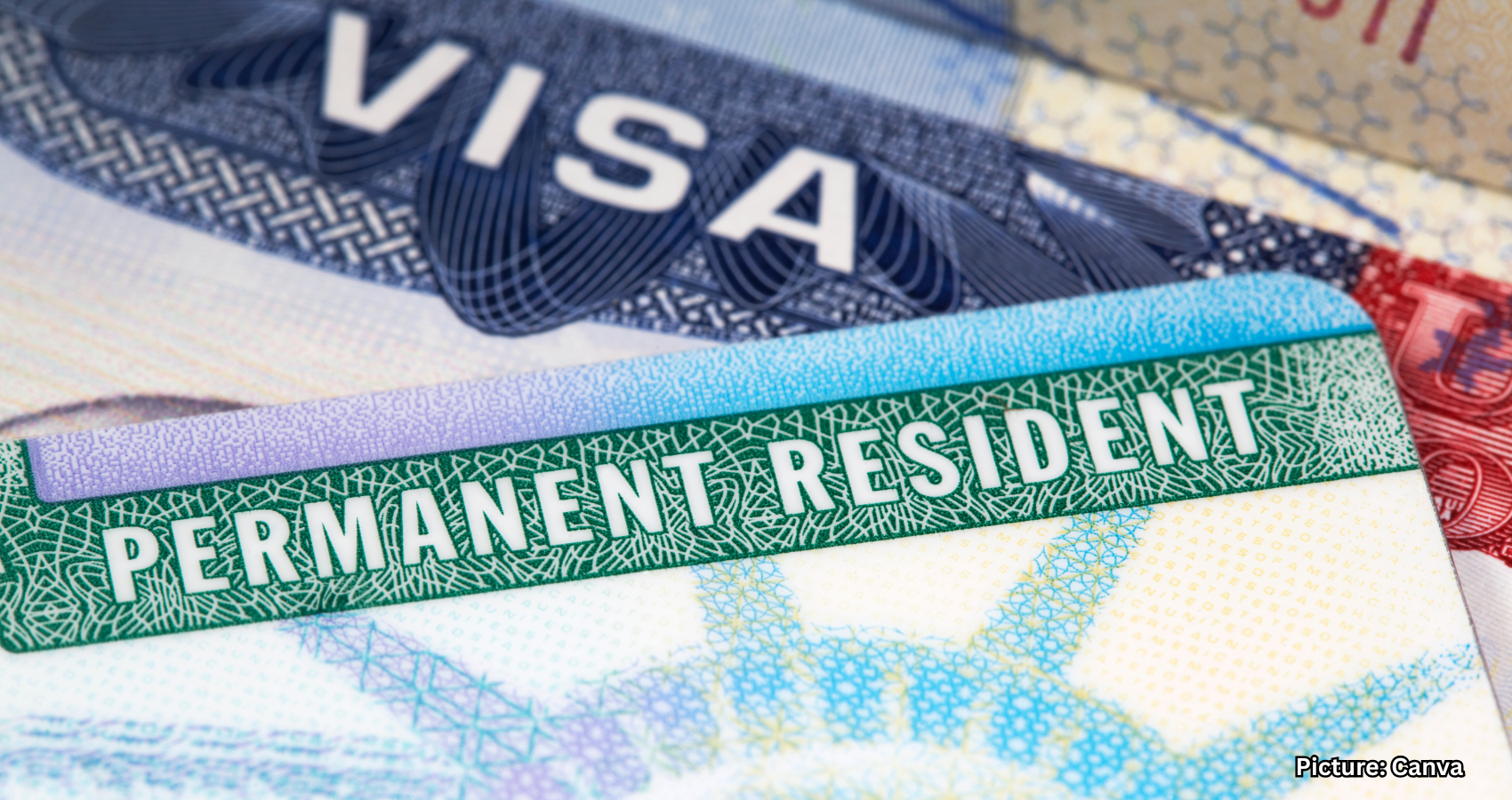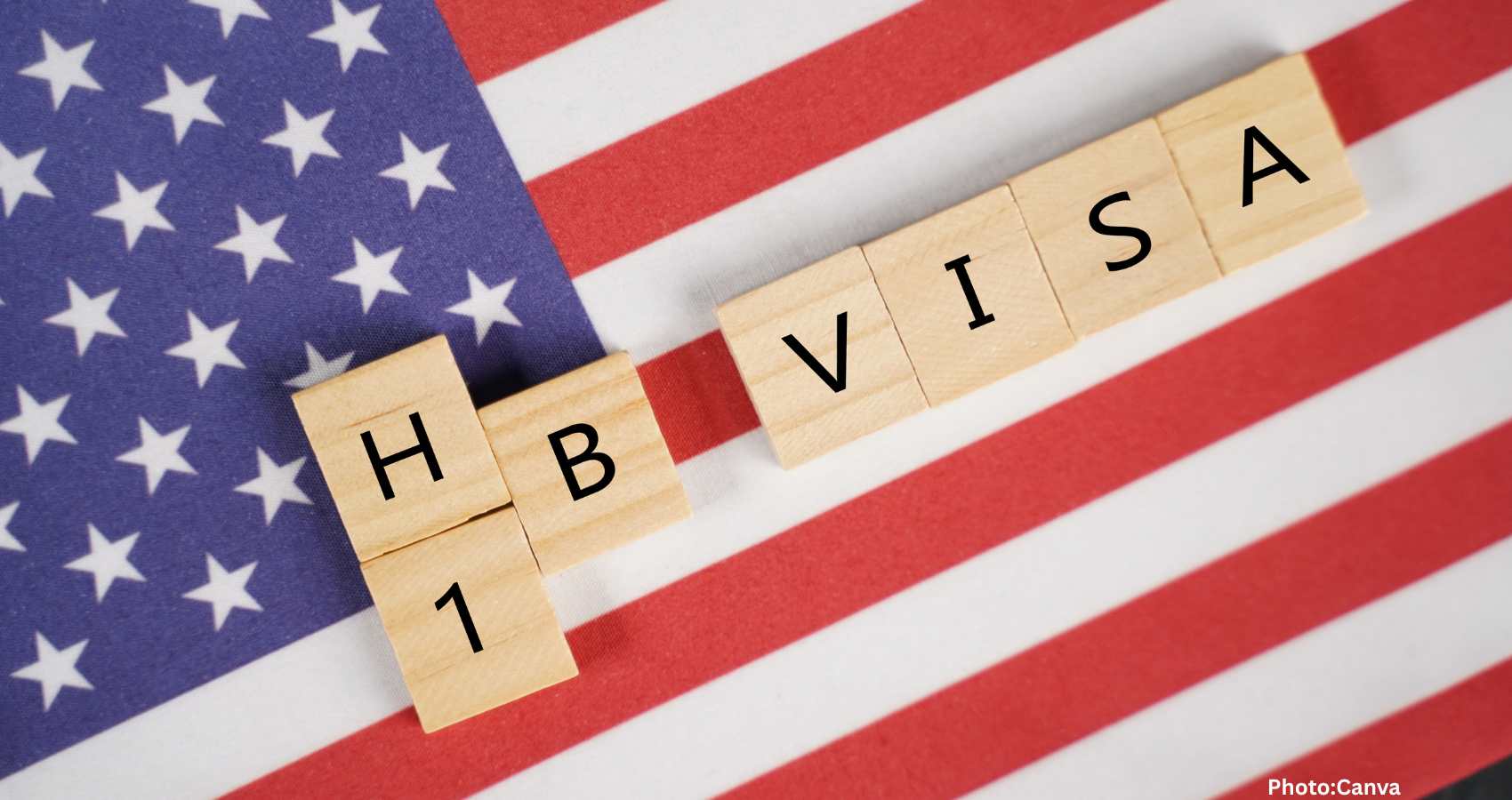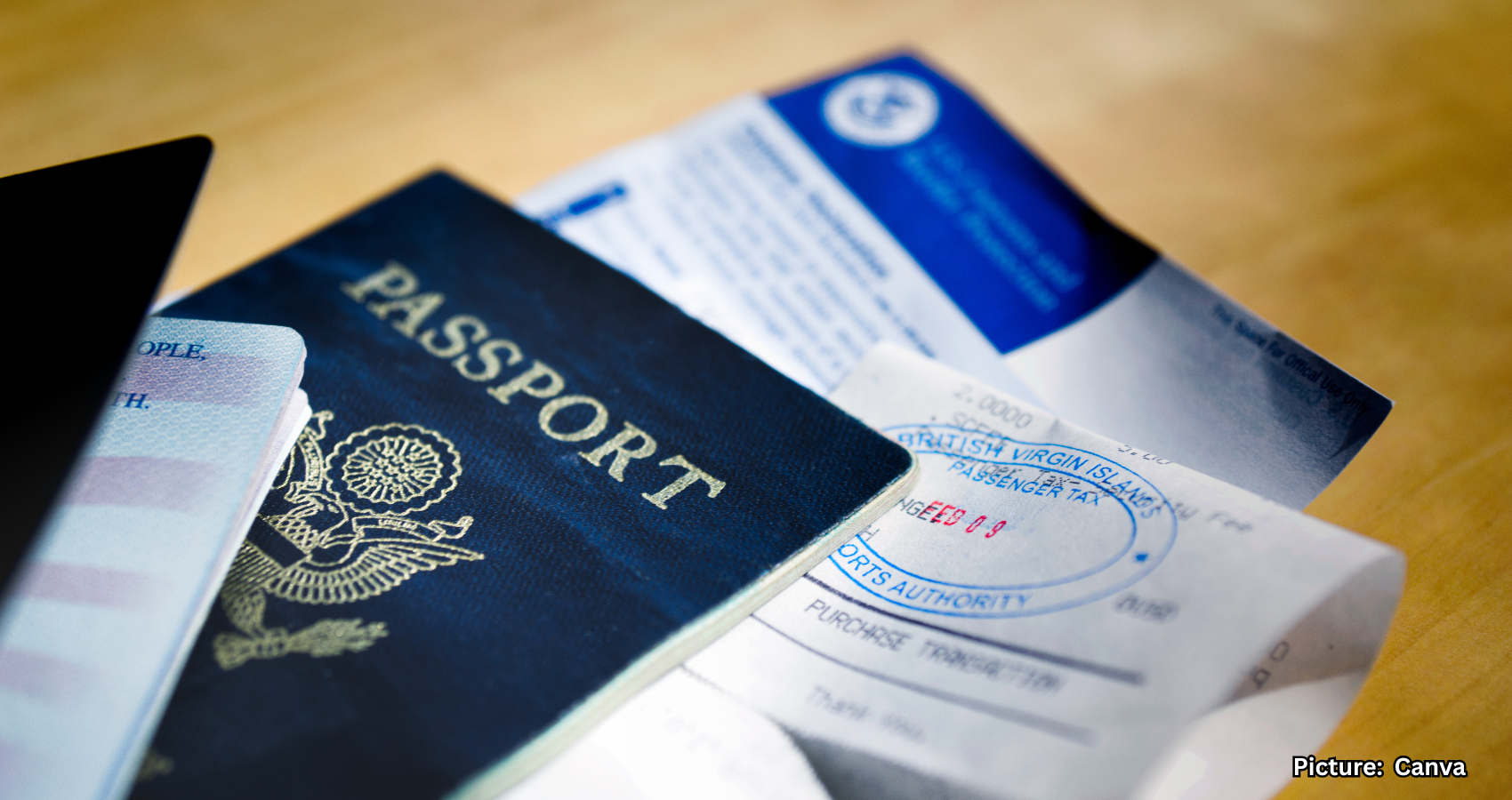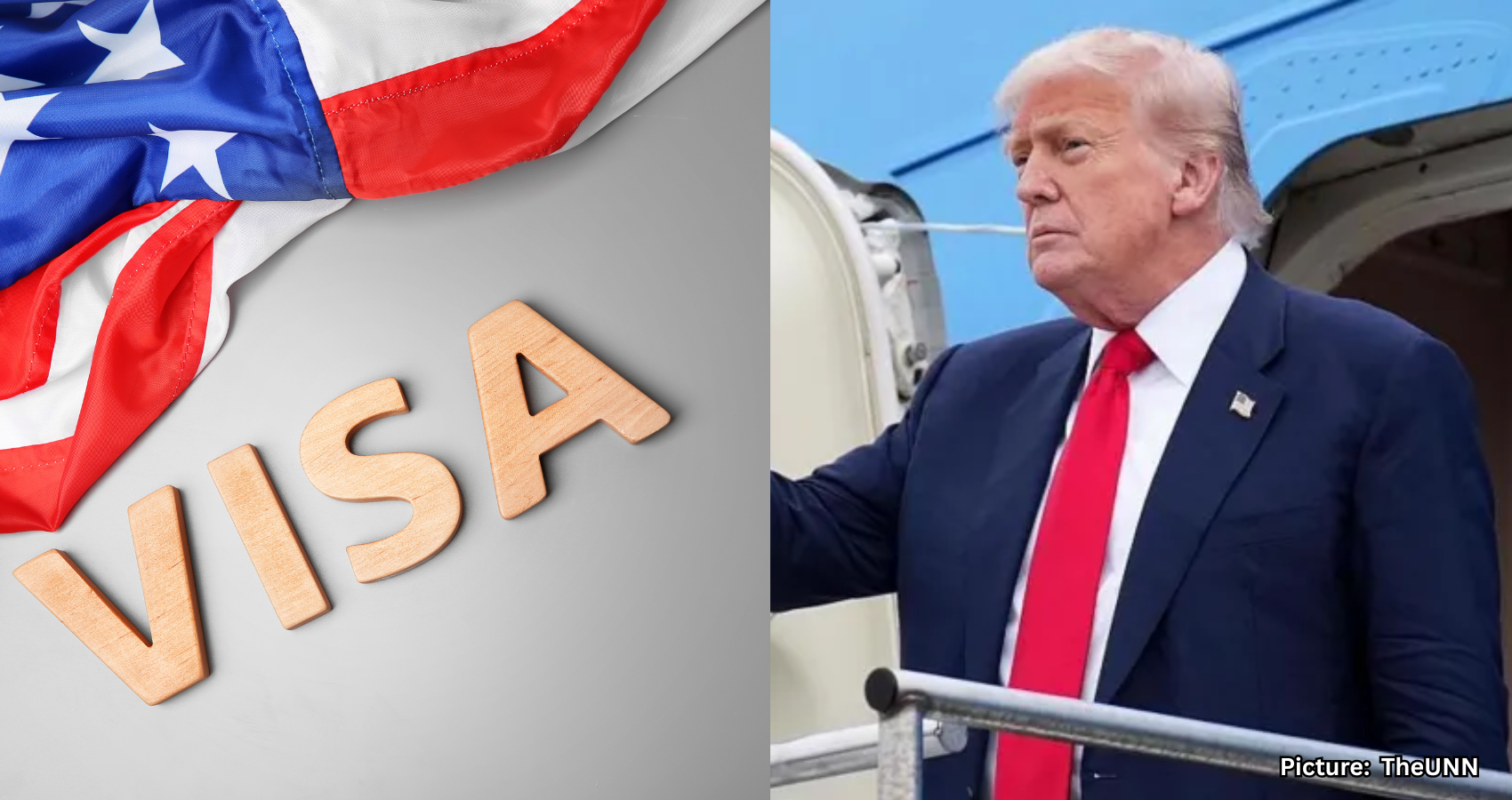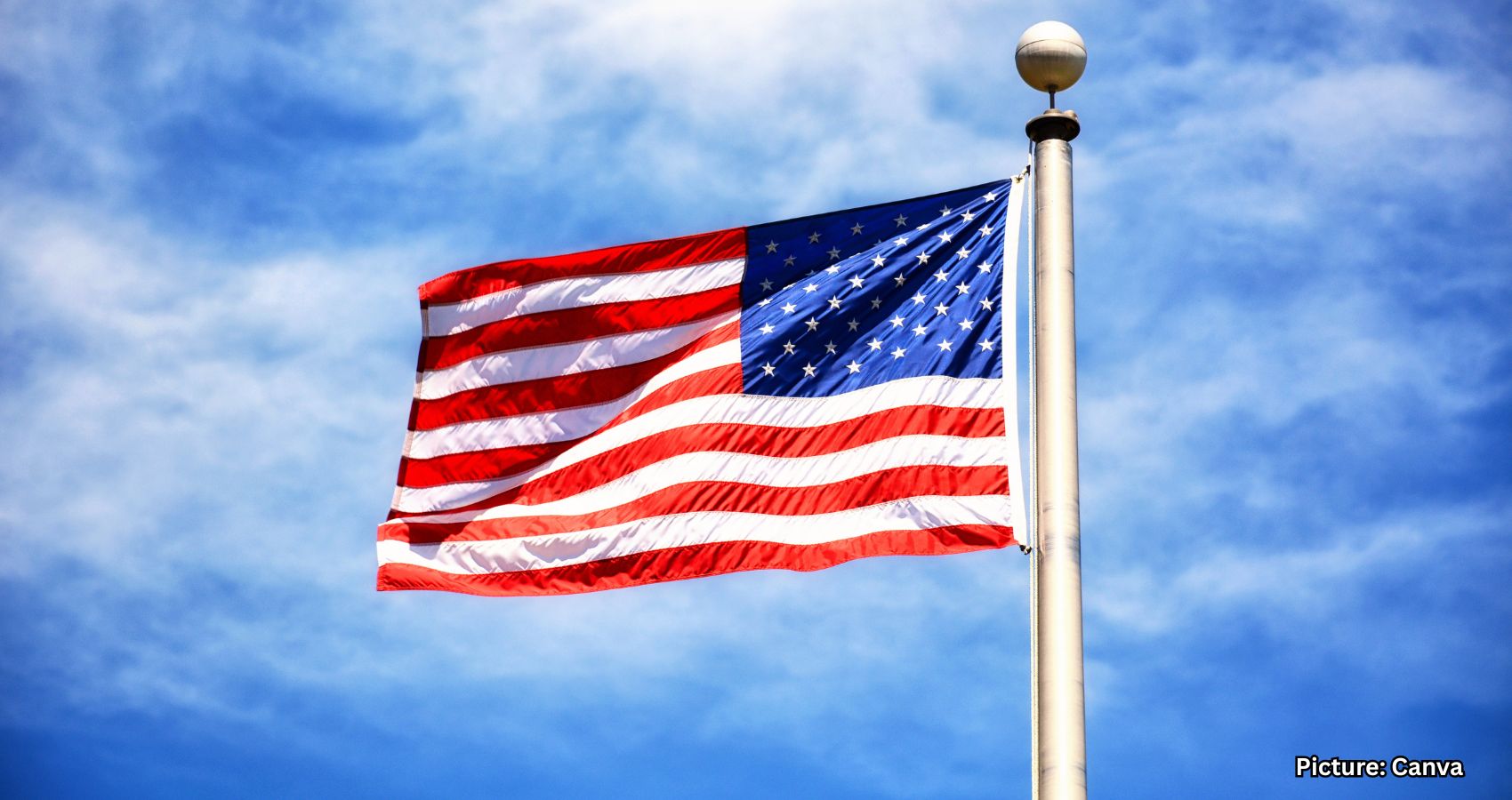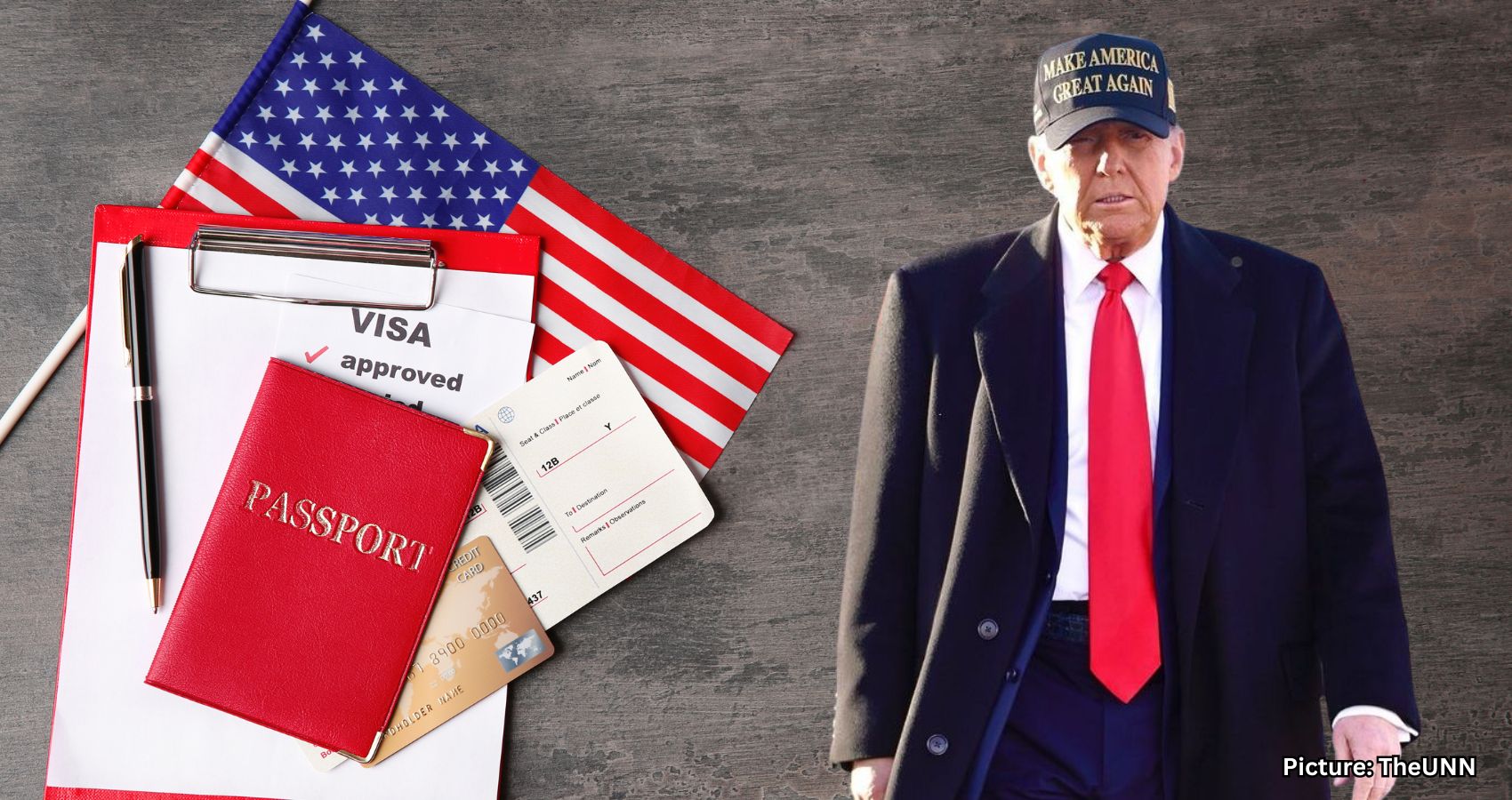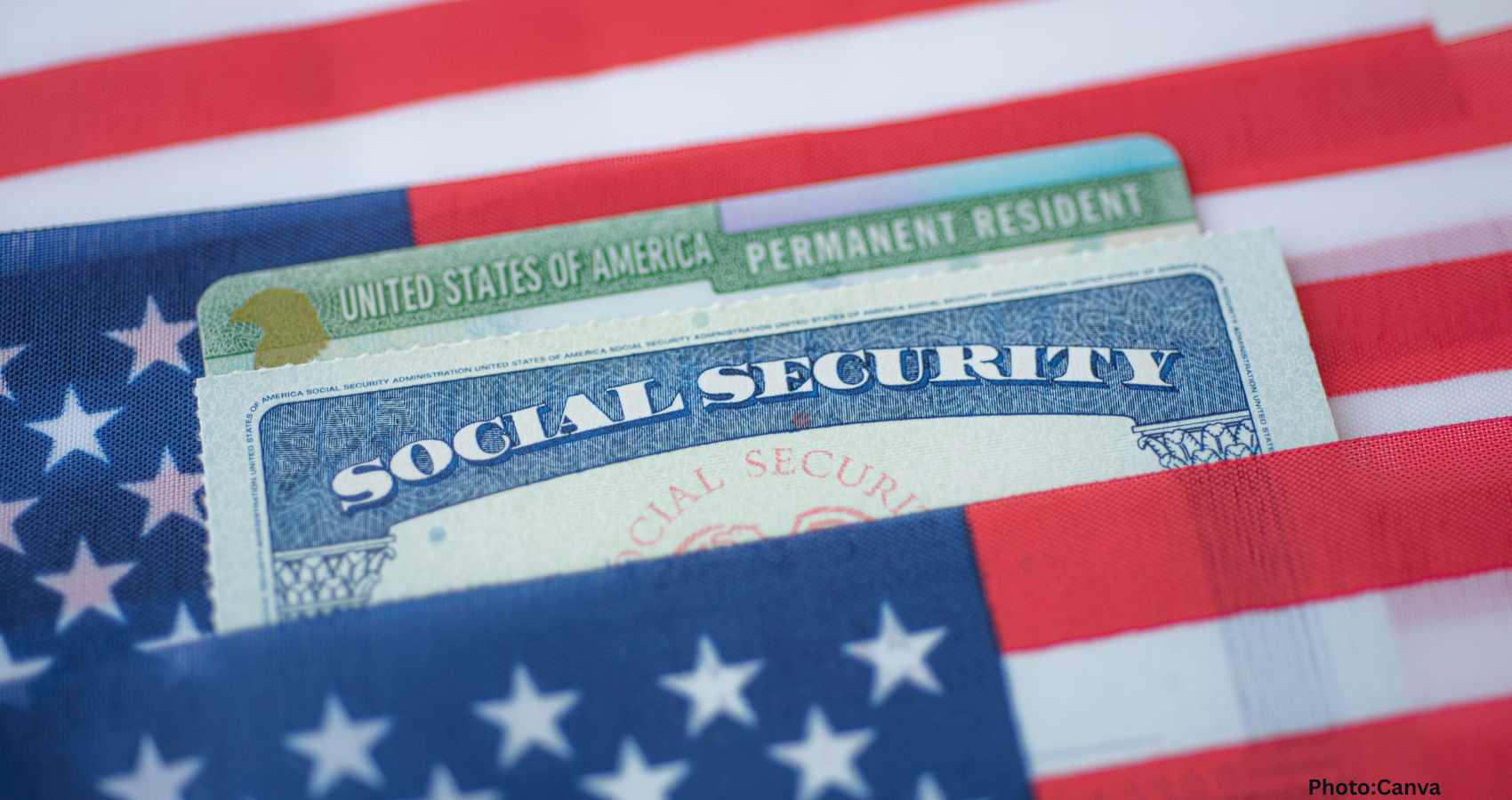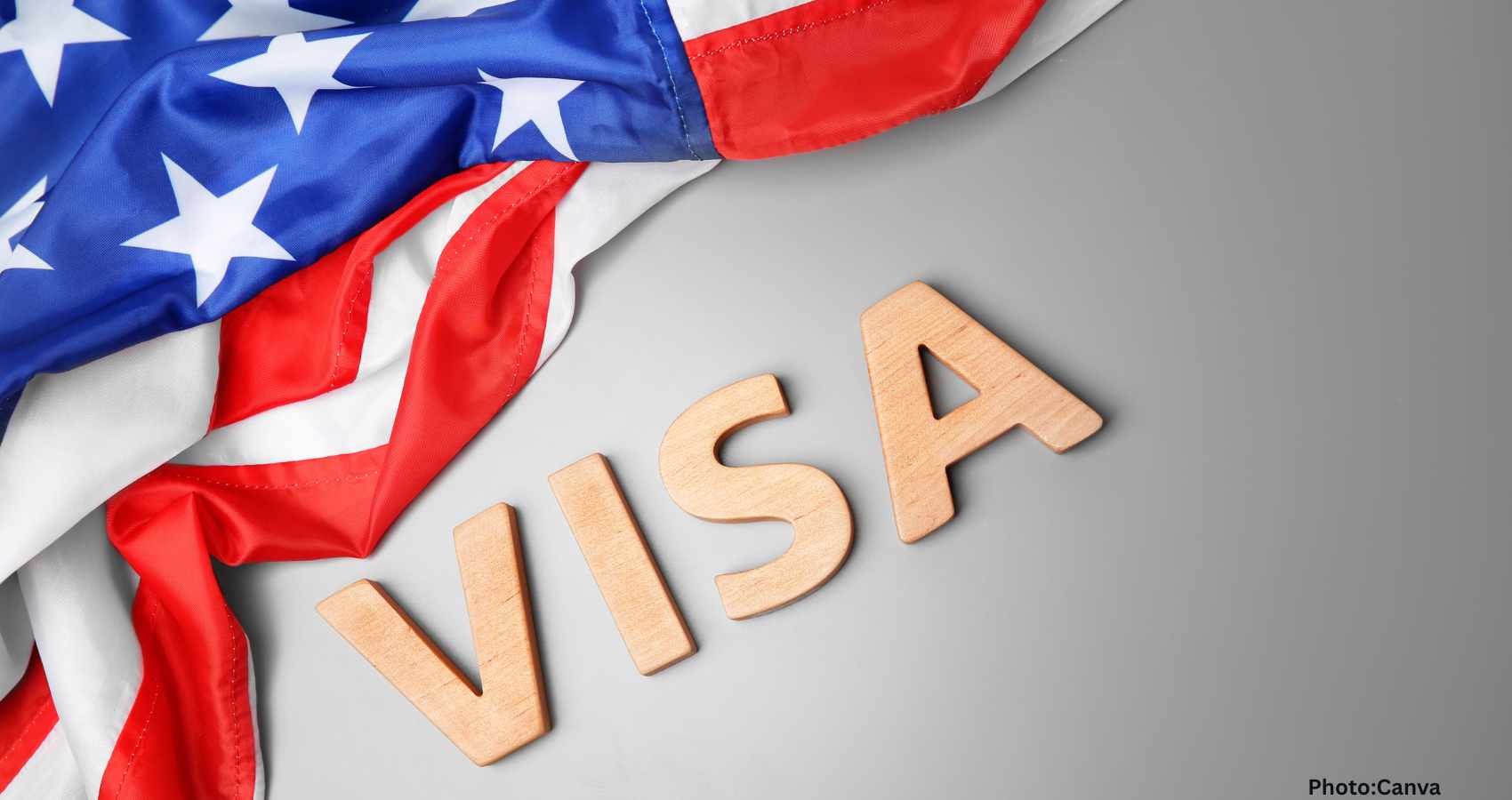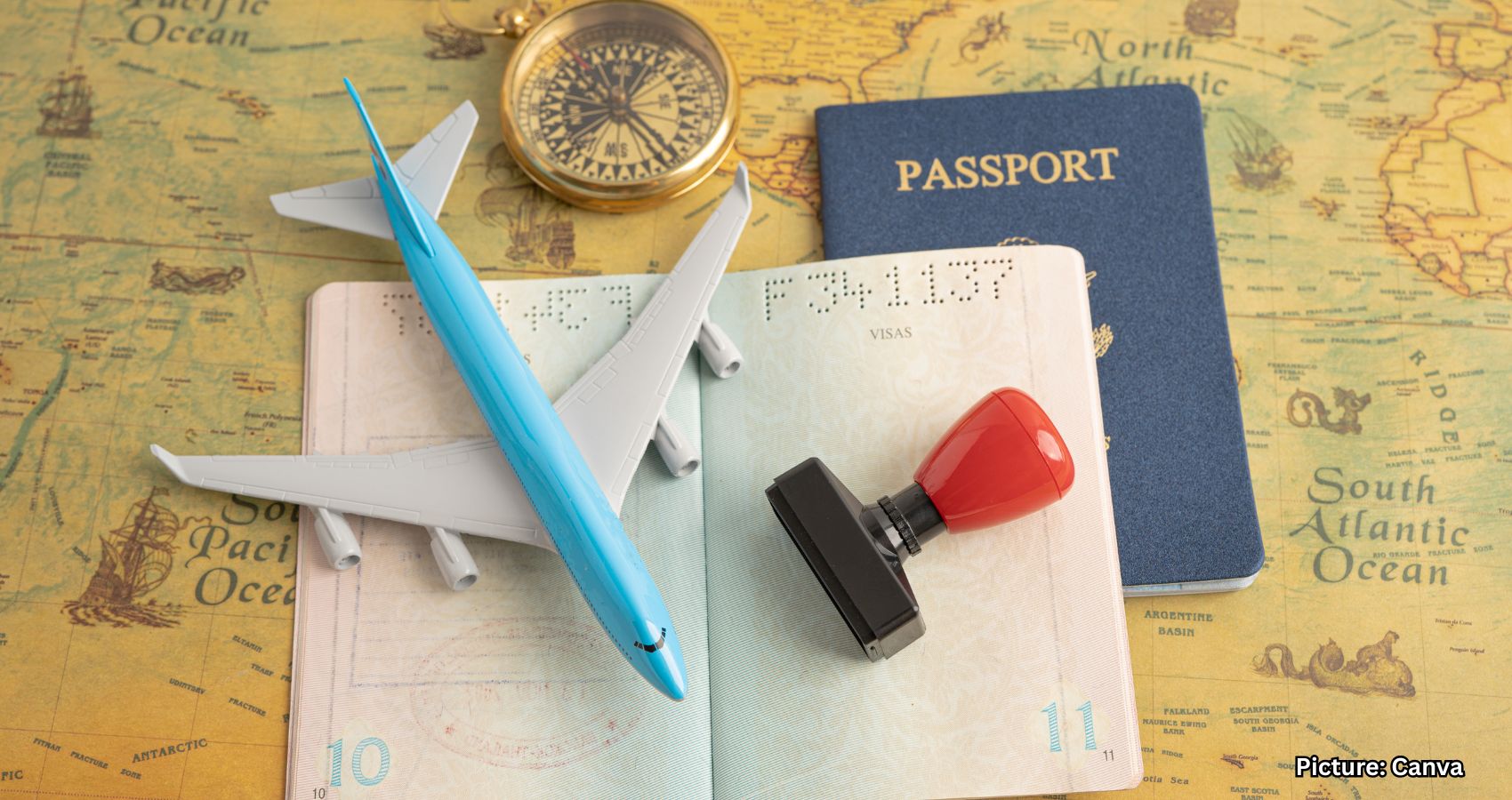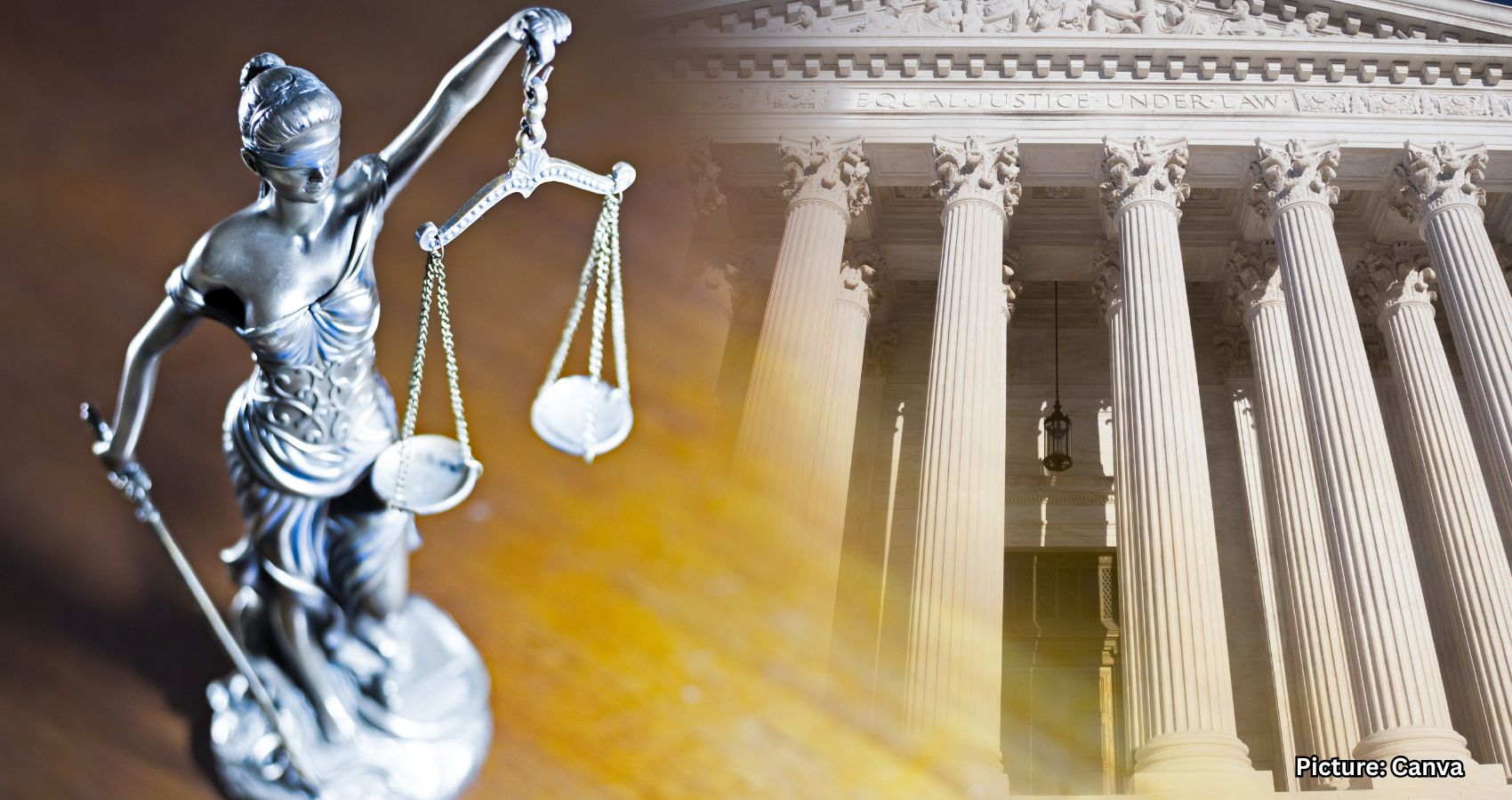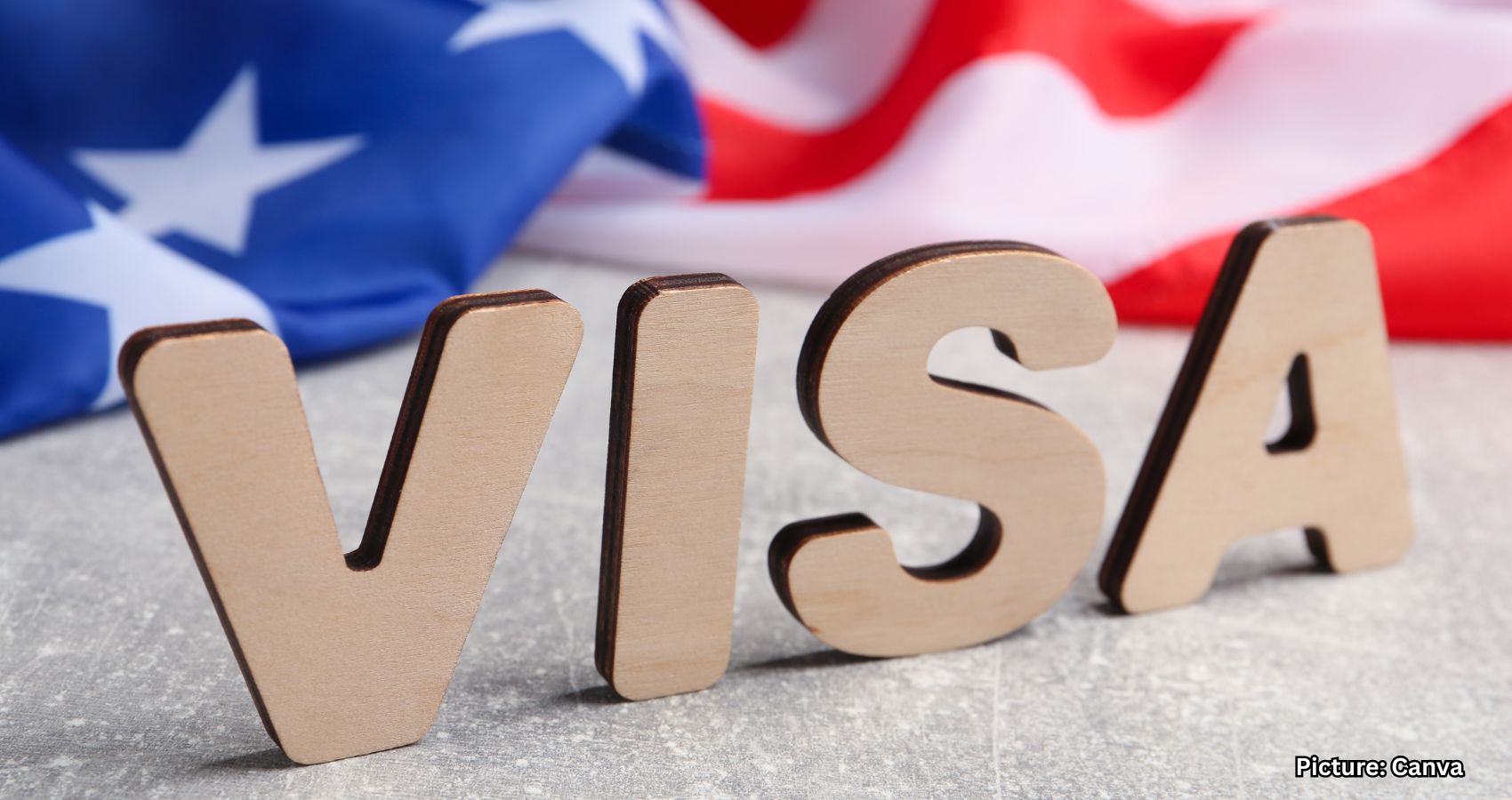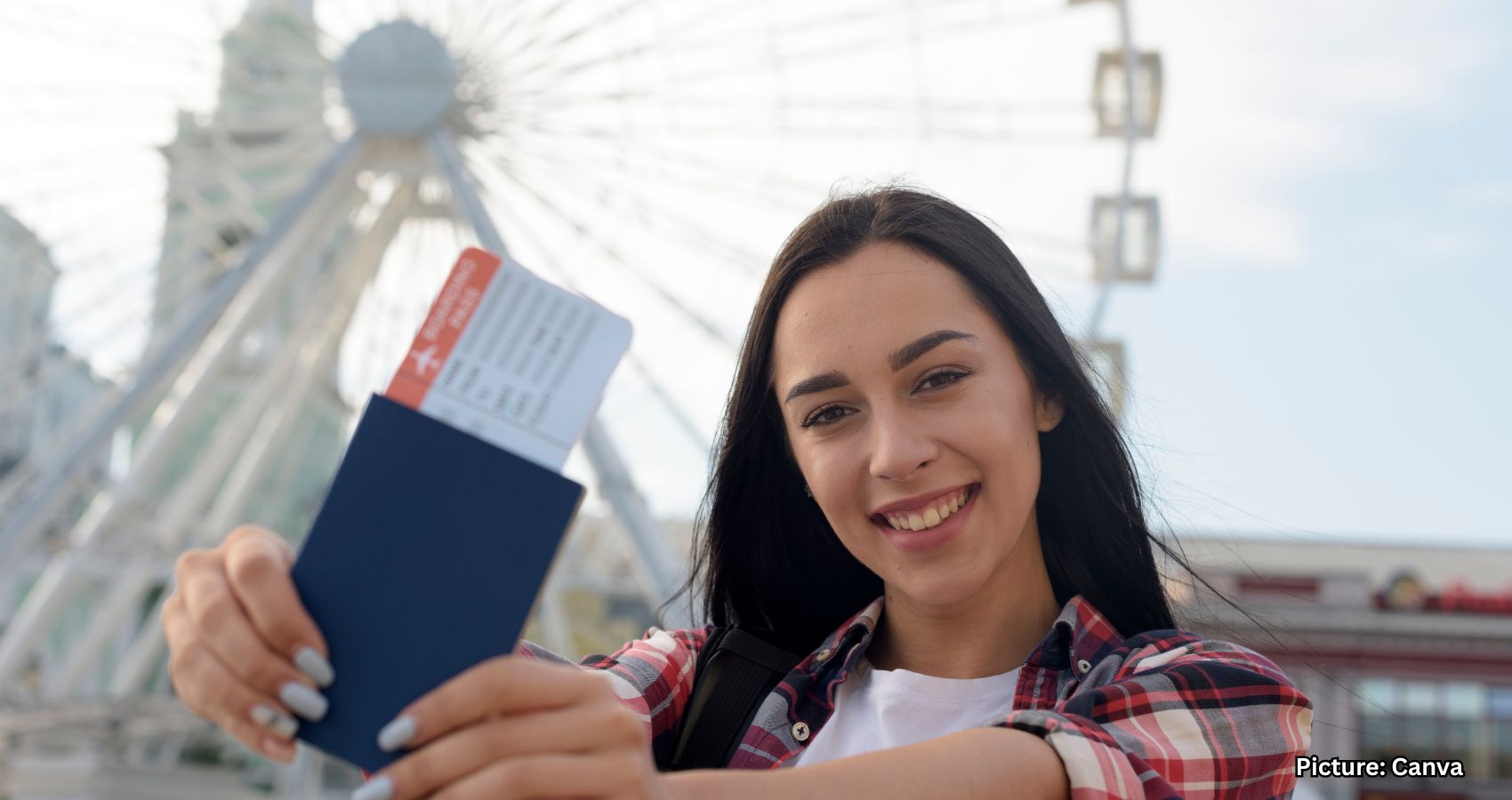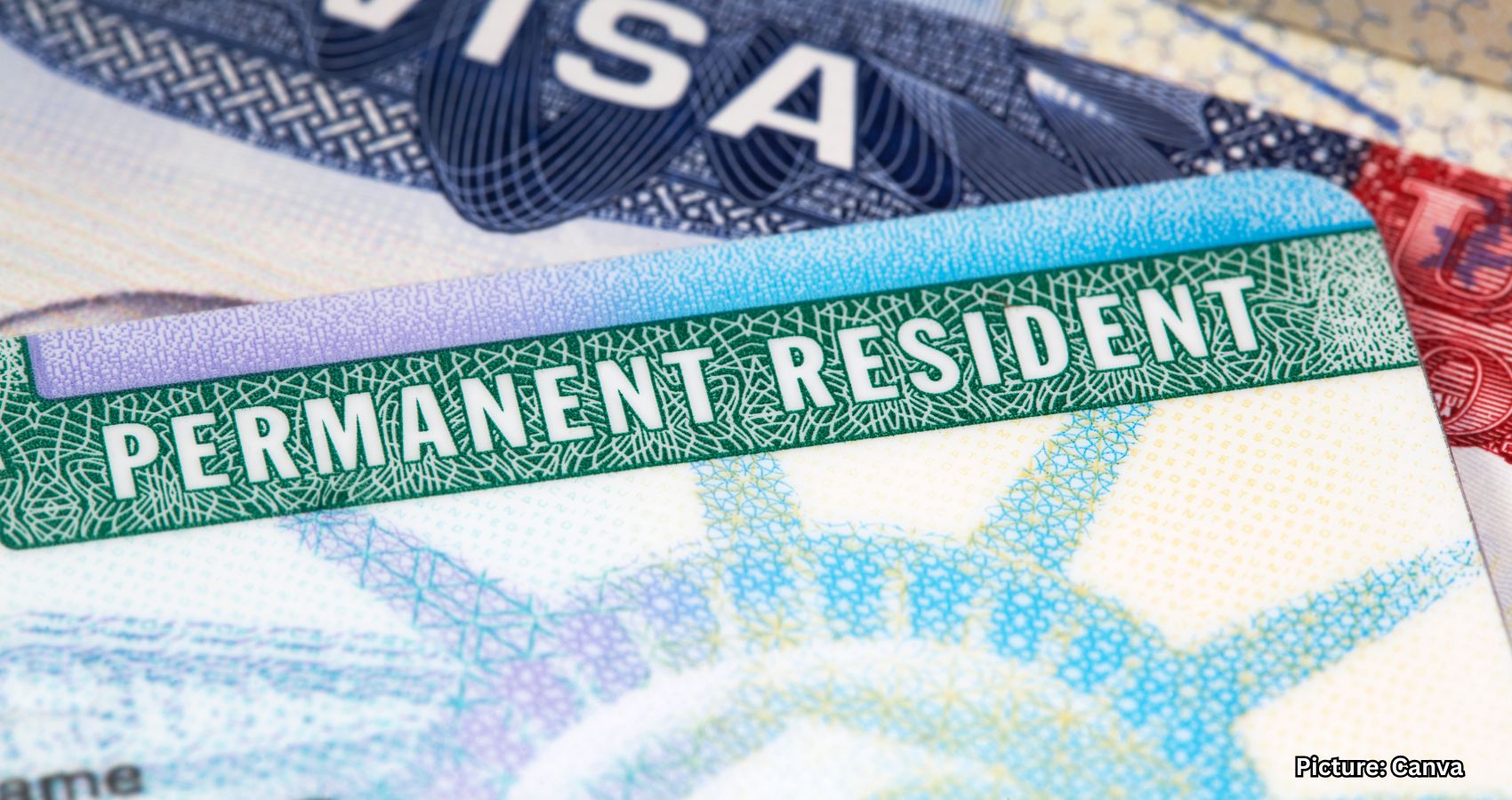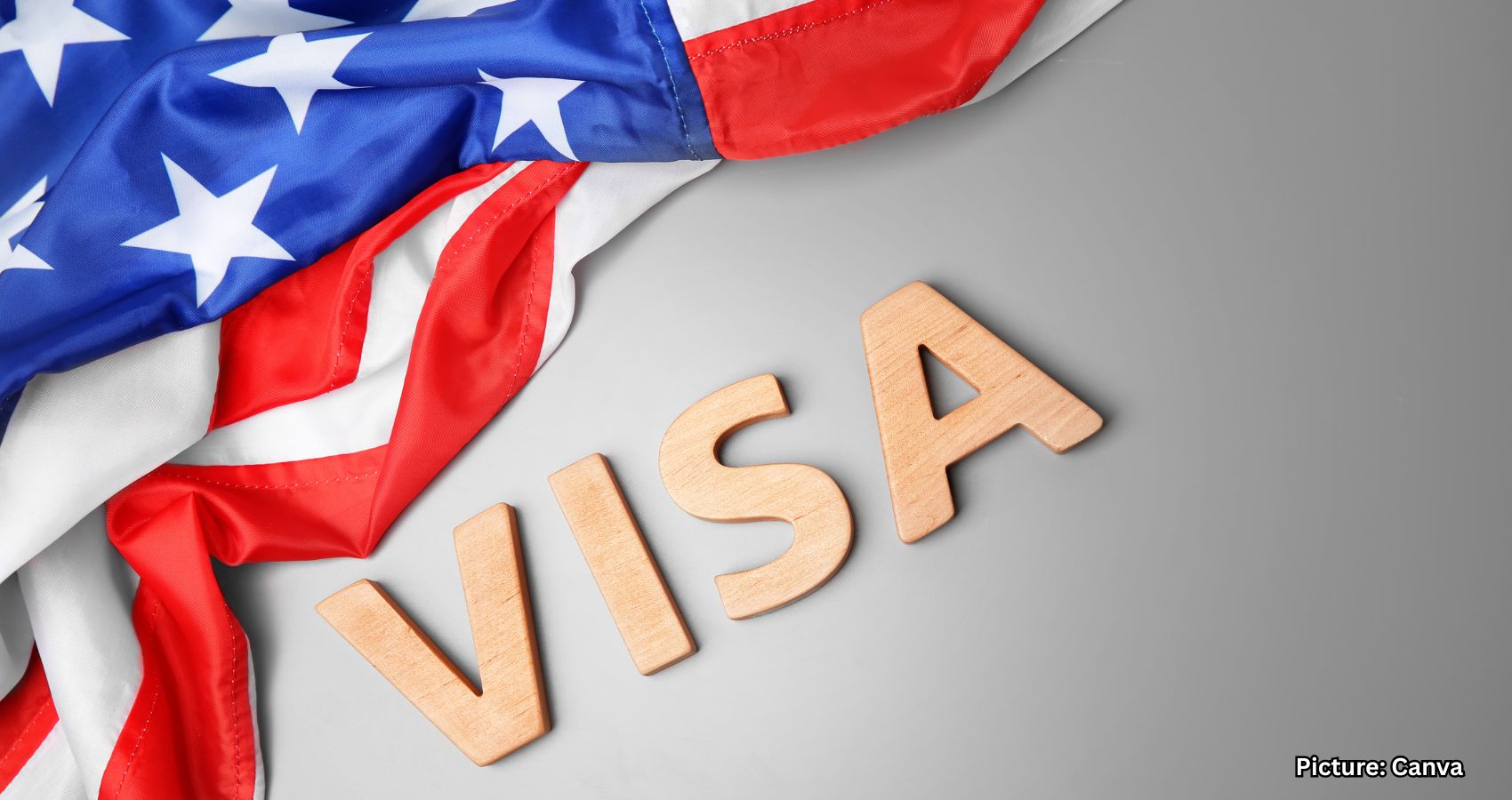The U.S. Department of Labor is investigating over 175 employers for potential H-1B visa fraud as part of its enforcement initiative, Project Firewall, aimed at protecting American jobs.
The United States Department of Labor has initiated a comprehensive investigation into more than 175 suspected cases of fraud within the H-1B visa program. This move underscores a determined effort to protect American jobs and ensure adherence to legal hiring practices. The investigations are part of “Project Firewall,” an enforcement initiative launched in September 2025, shortly after the introduction of a one-time $100,000 fee on H-1B visa applications by former President Donald Trump.
At the forefront of this initiative is Labor Secretary Lori Chavez-DeRemer, who has personally authorized each investigation, marking an unprecedented approach for the department. In her remarks, she emphasized the importance of this crackdown, stating, “Rooting out fraud and abuse will guarantee that highly skilled jobs are prioritized for Americans first as we work to restore our nation’s economic strength.” The administration has reiterated its commitment to protecting the American workforce by holding employers accountable for any attempts to circumvent regulations and exploit foreign workers.
Project Firewall aims to address ongoing abuses within the H-1B visa process, ensuring that it serves both American talent and genuinely skilled foreign workers. Investigations have revealed several troubling patterns of misconduct. For instance, some employers have been found to pay highly qualified visa holders significantly less than the wages promised in official documents. This practice not only undermines job prospects for American professionals but also pressures U.S. workers with similar qualifications to accept lower pay to remain competitive.
Another concerning issue involves fraudulent Labor Condition Applications (LCA) submitted by employers. The LCA process requires employers to notify their existing American workforce before hiring H-1B, H-1B1, or E-3 visa holders. Reports indicate that some companies have listed fictitious or non-existent work locations on these forms, misled workers about their job assignments, and failed to promptly report employee terminations. This has resulted in inaccurate records with authorities being maintained for weeks or even months. Furthermore, there have been documented cases where salaries did not match those detailed in the applications, and some job postings appeared to be generic templates with little relation to actual job roles.
The exploitation of foreign workers extends beyond these discrepancies. Some individuals have been paid less than the rates specified in the LCAs and have been excluded from wage cycles while awaiting new projects, which constitutes a clear violation of federal policy. Such inconsistencies not only harm visa holders but also depress wages across the labor market, creating an uneven playing field for American employees.
If companies are found guilty of these violations, they may face several penalties, including the recovery of owed back wages, civil financial penalties, and suspension from participating in the H-1B visa program for a specified duration. The Department of Labor has committed to utilizing all available resources under Project Firewall to audit and enforce compliance. This effort is not only aimed at correcting past abuses but also at deterring future misconduct within the highly scrutinized H-1B visa sector.
Source: Original article

